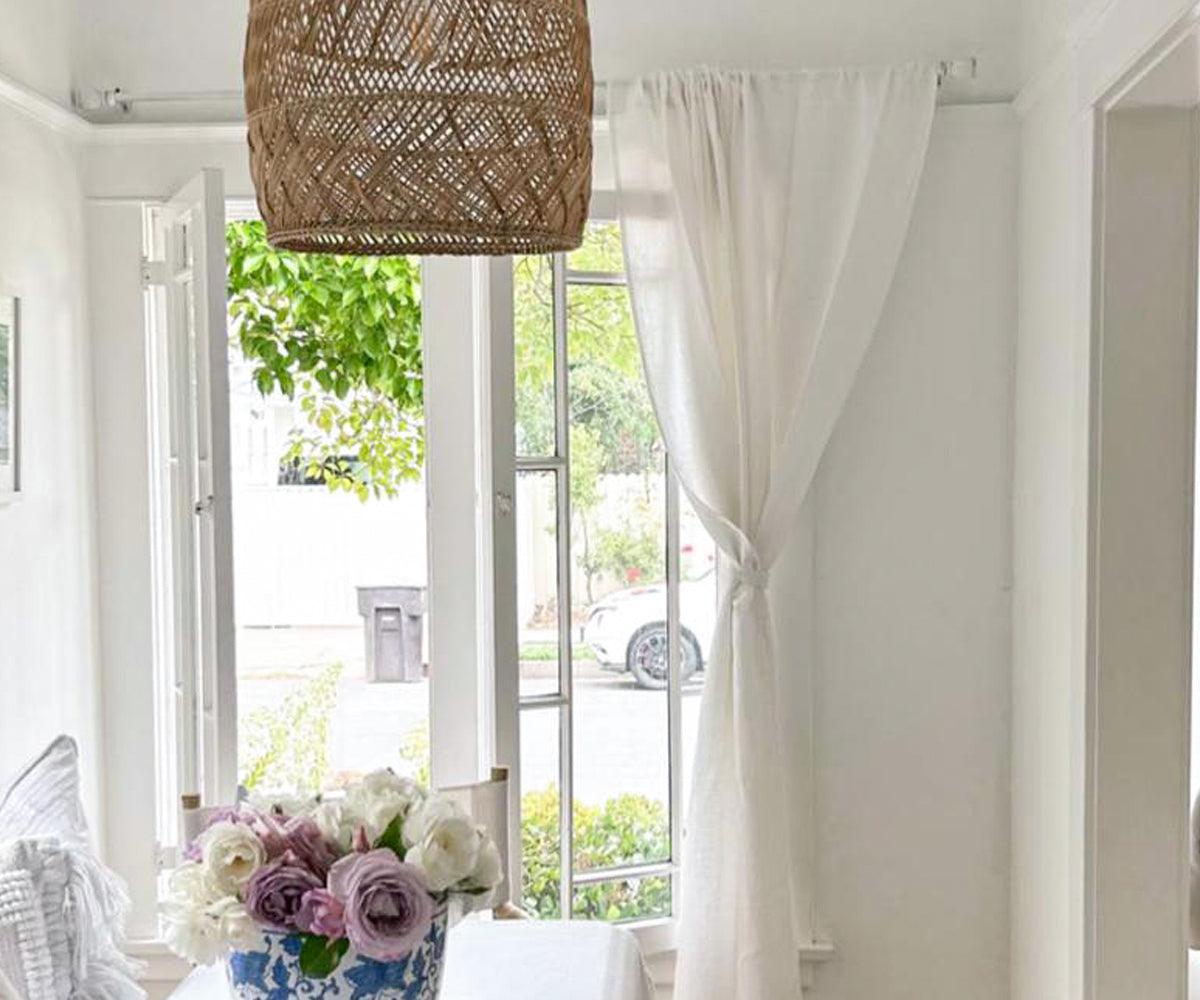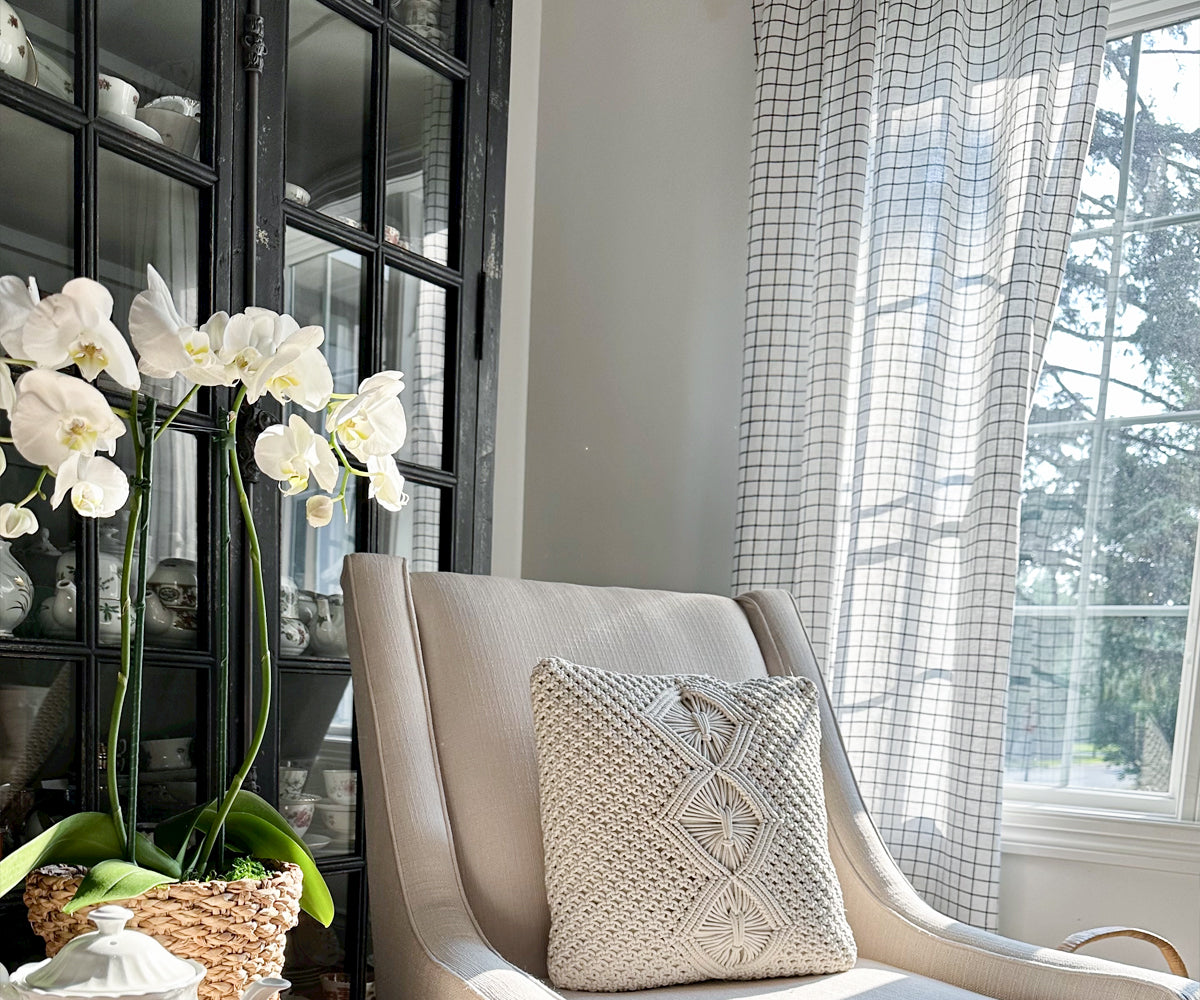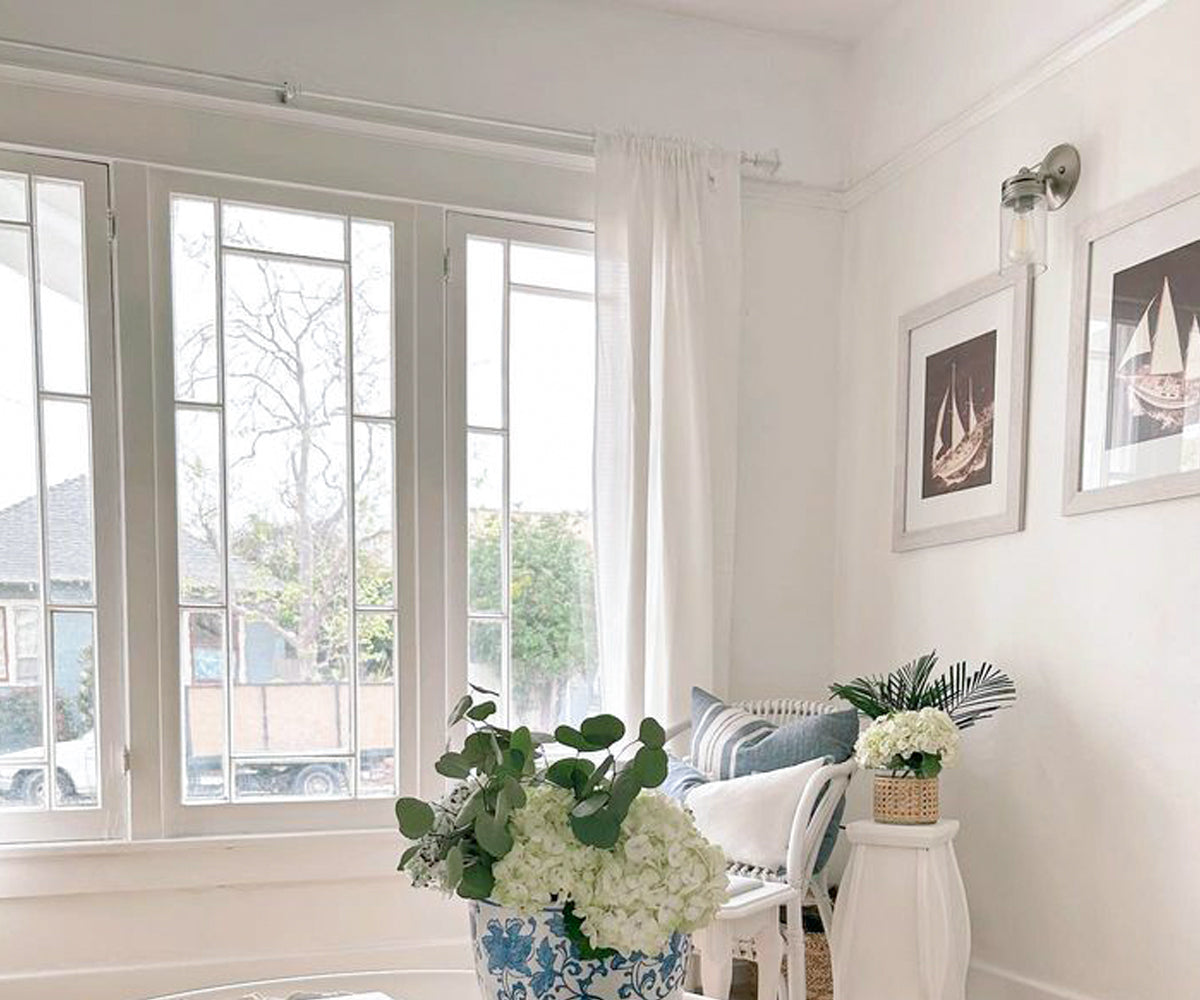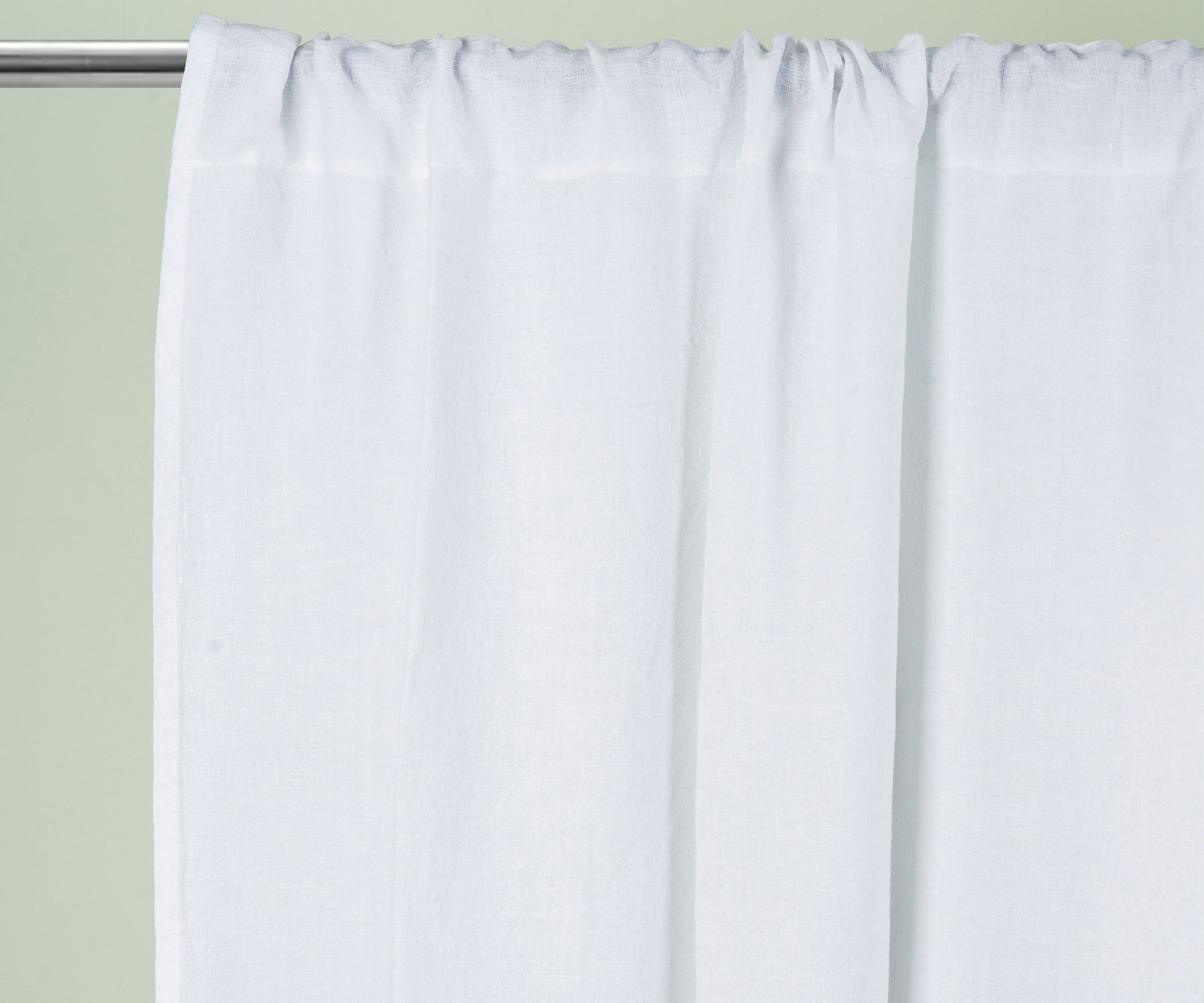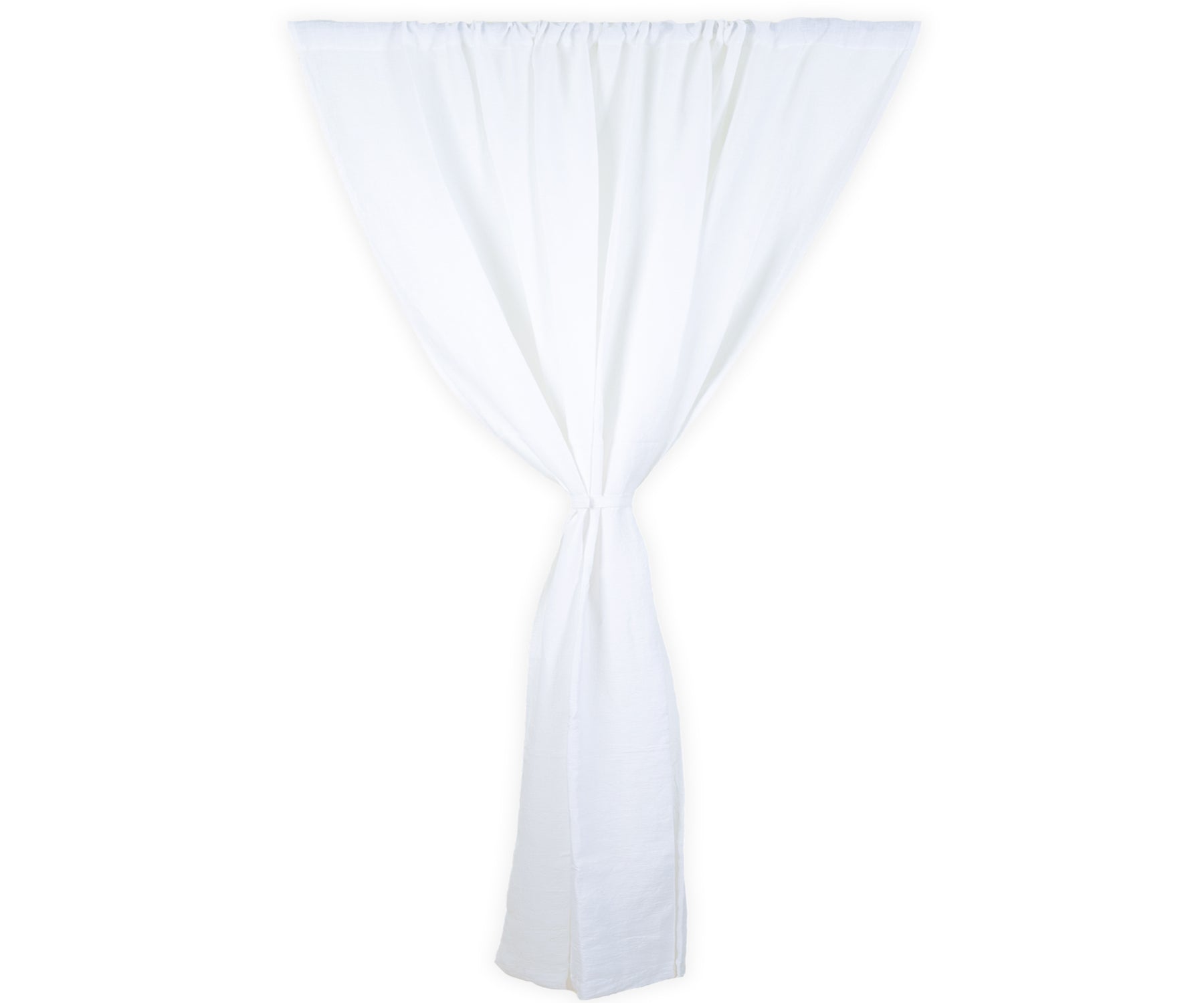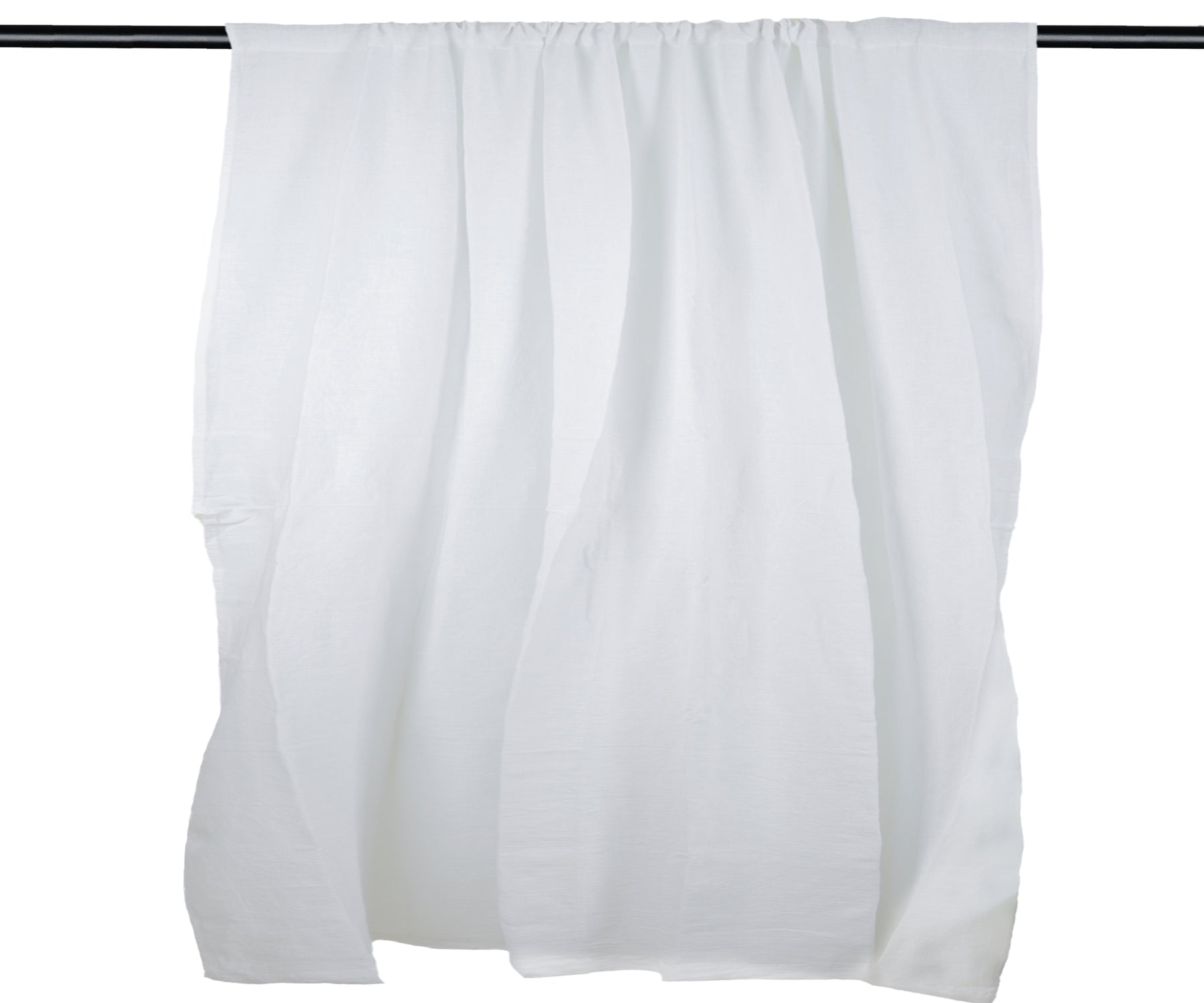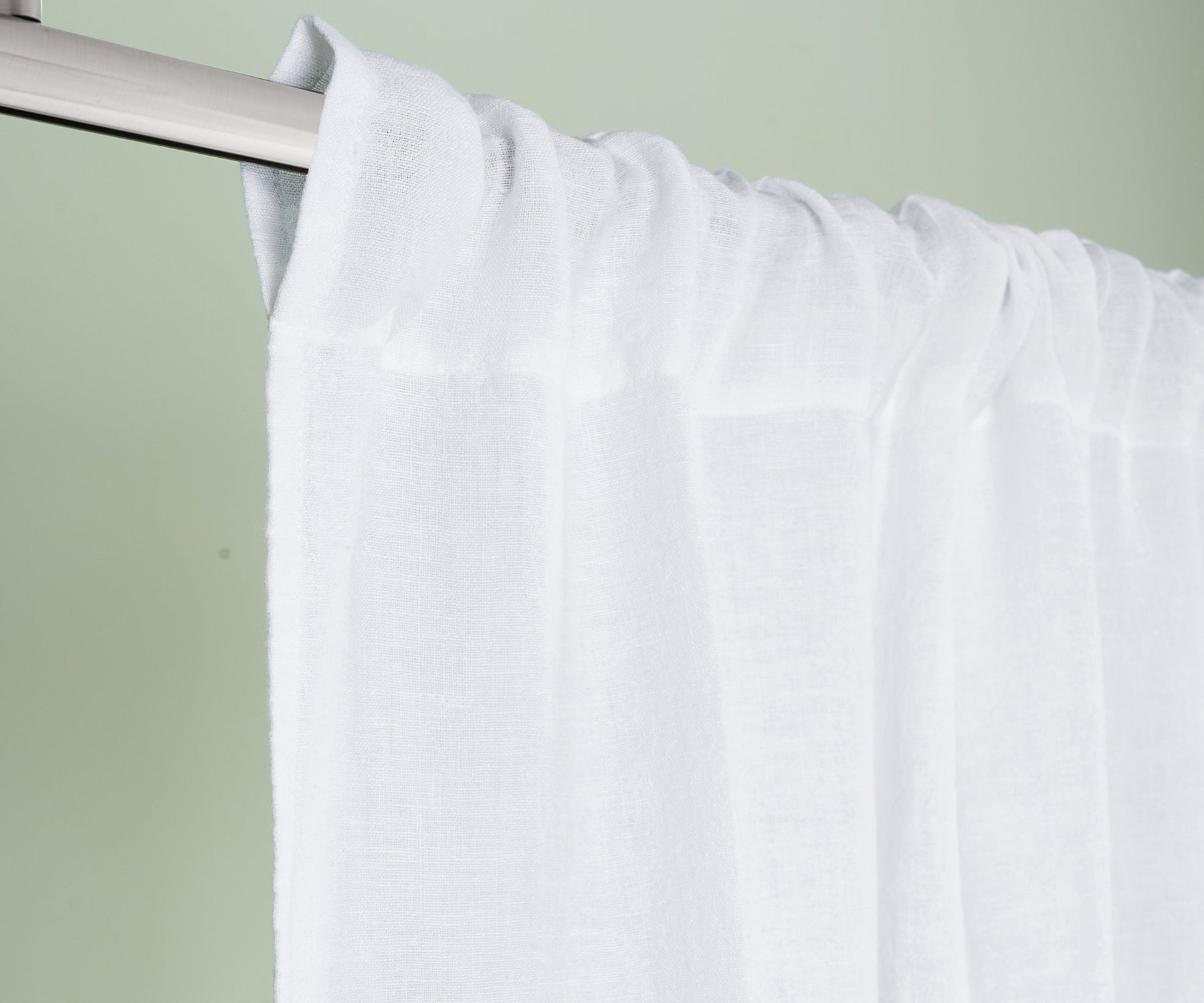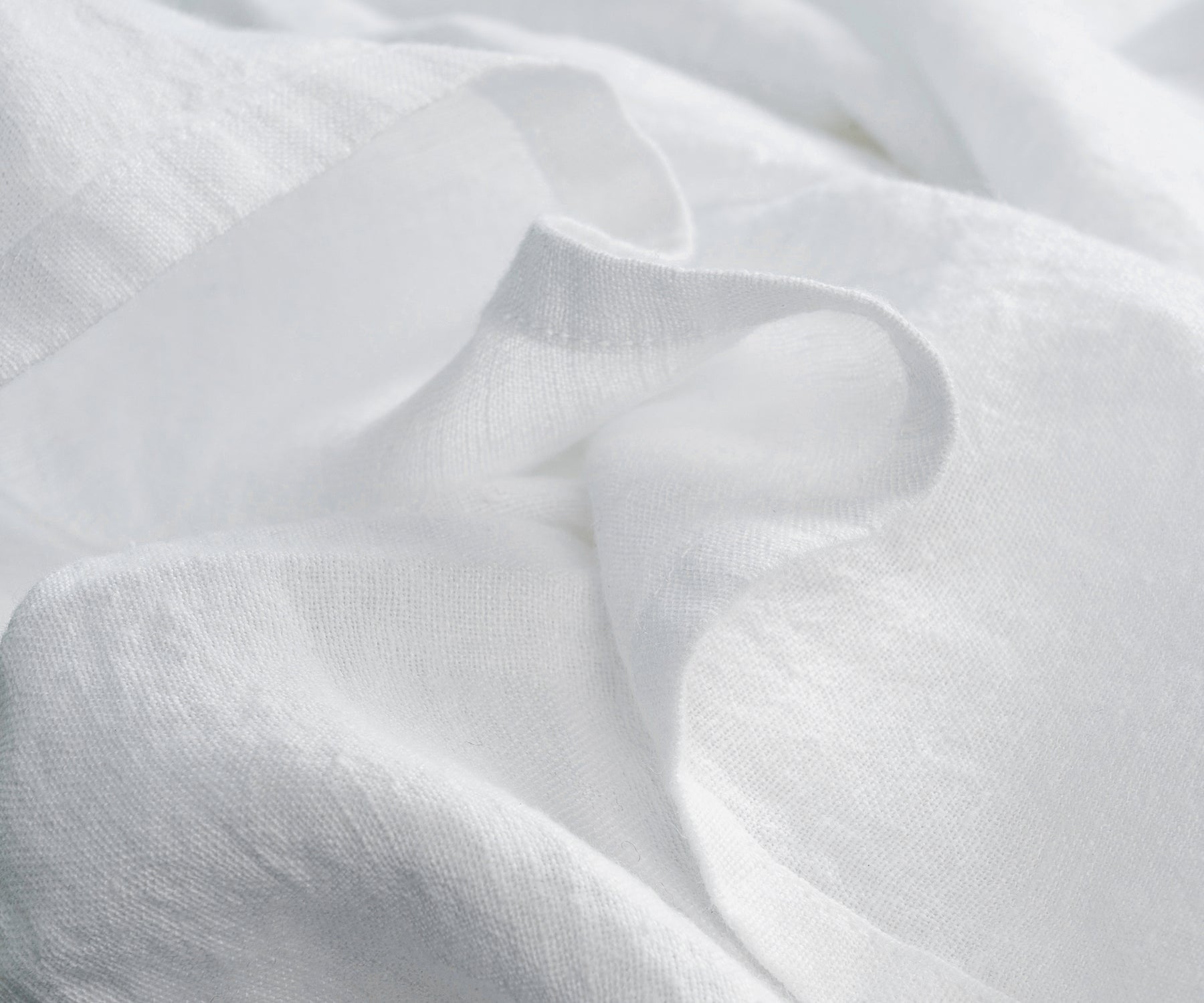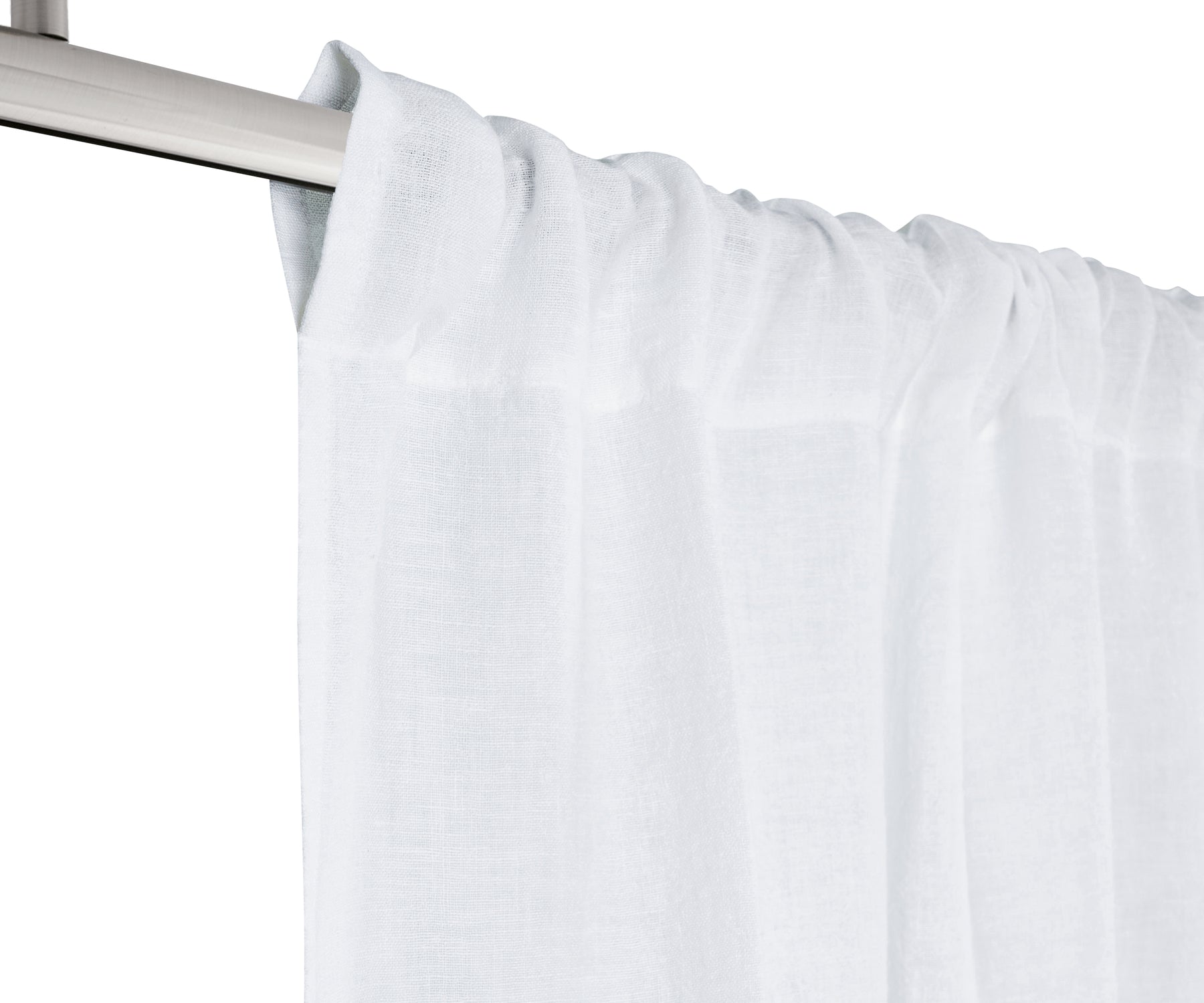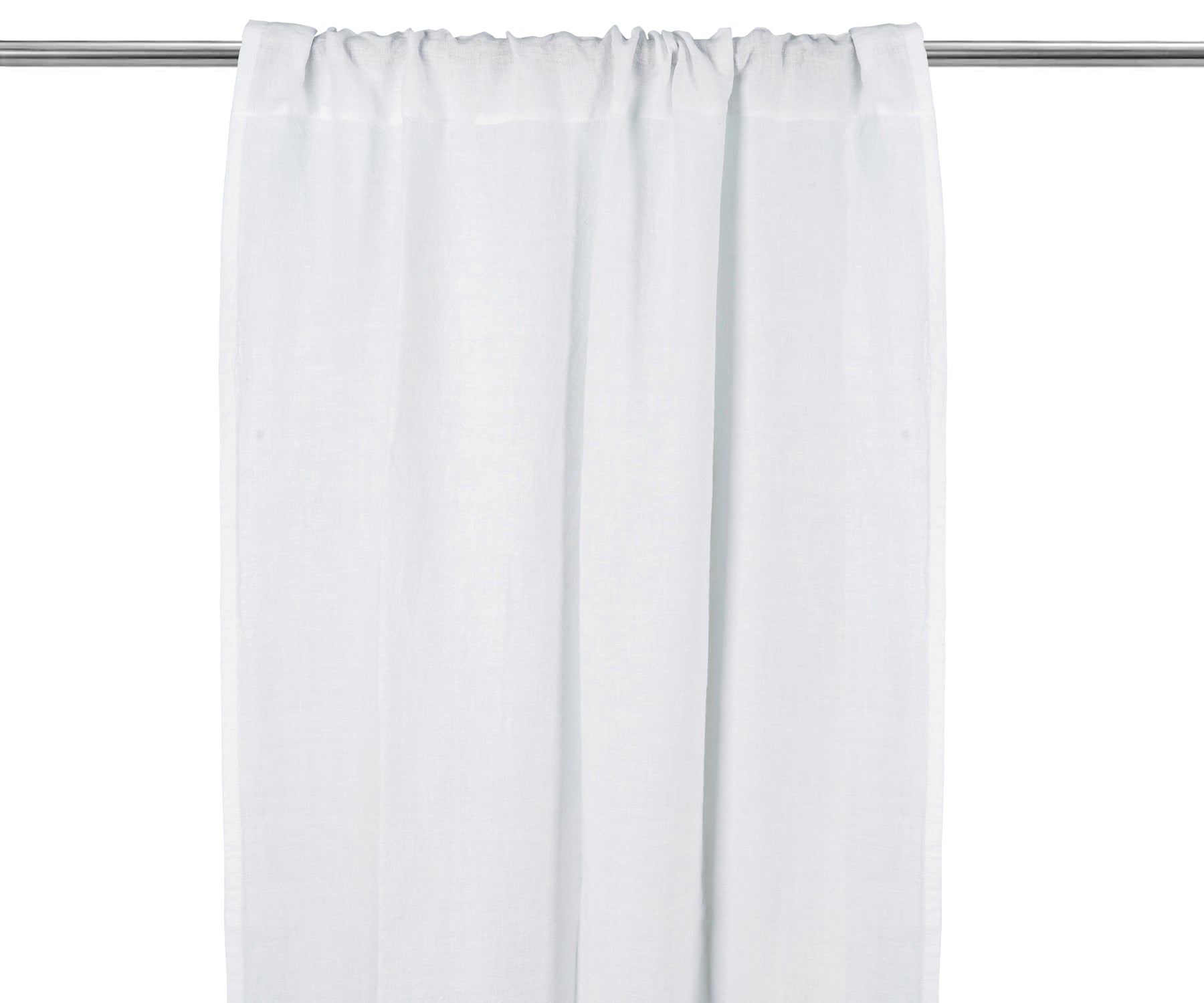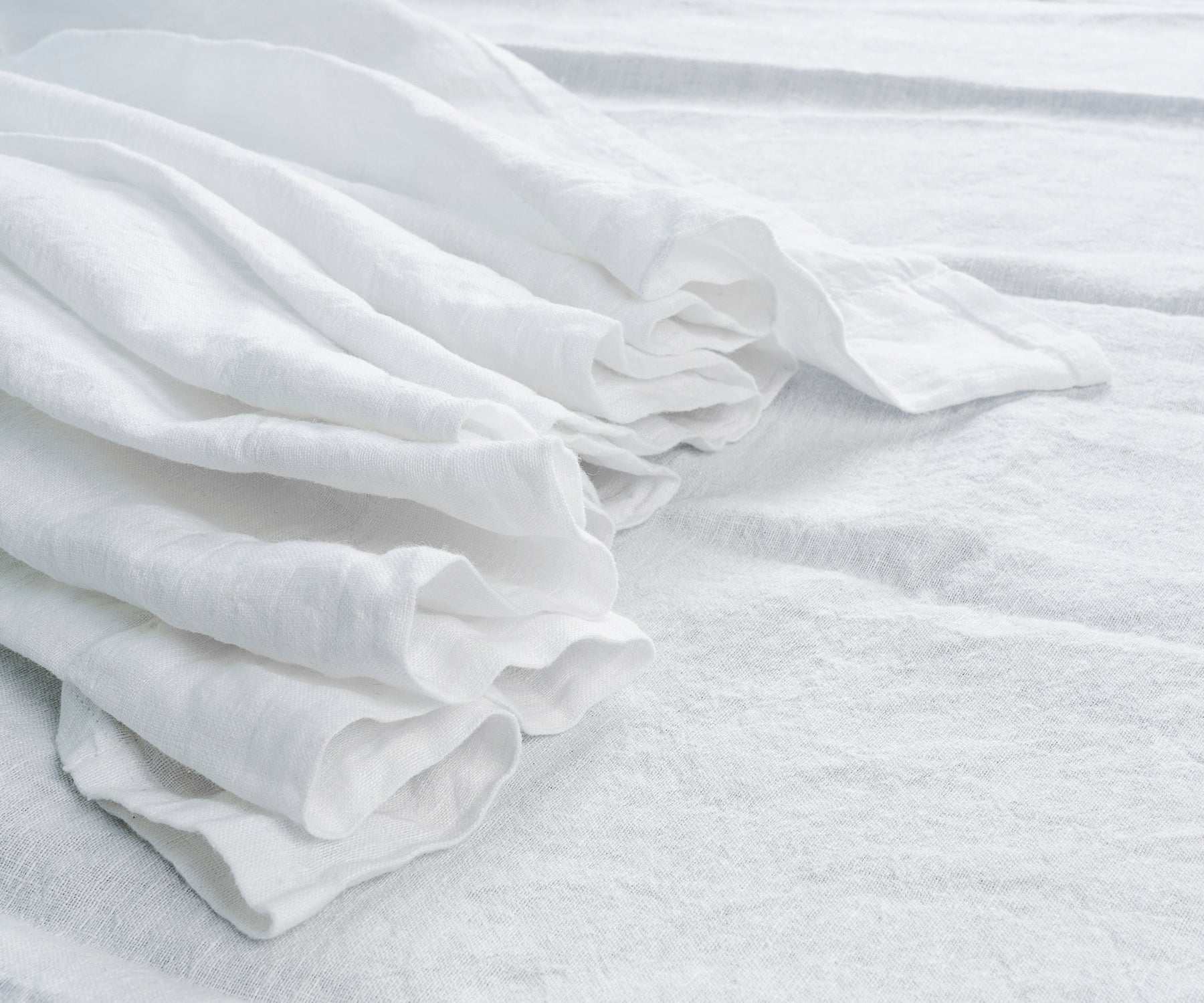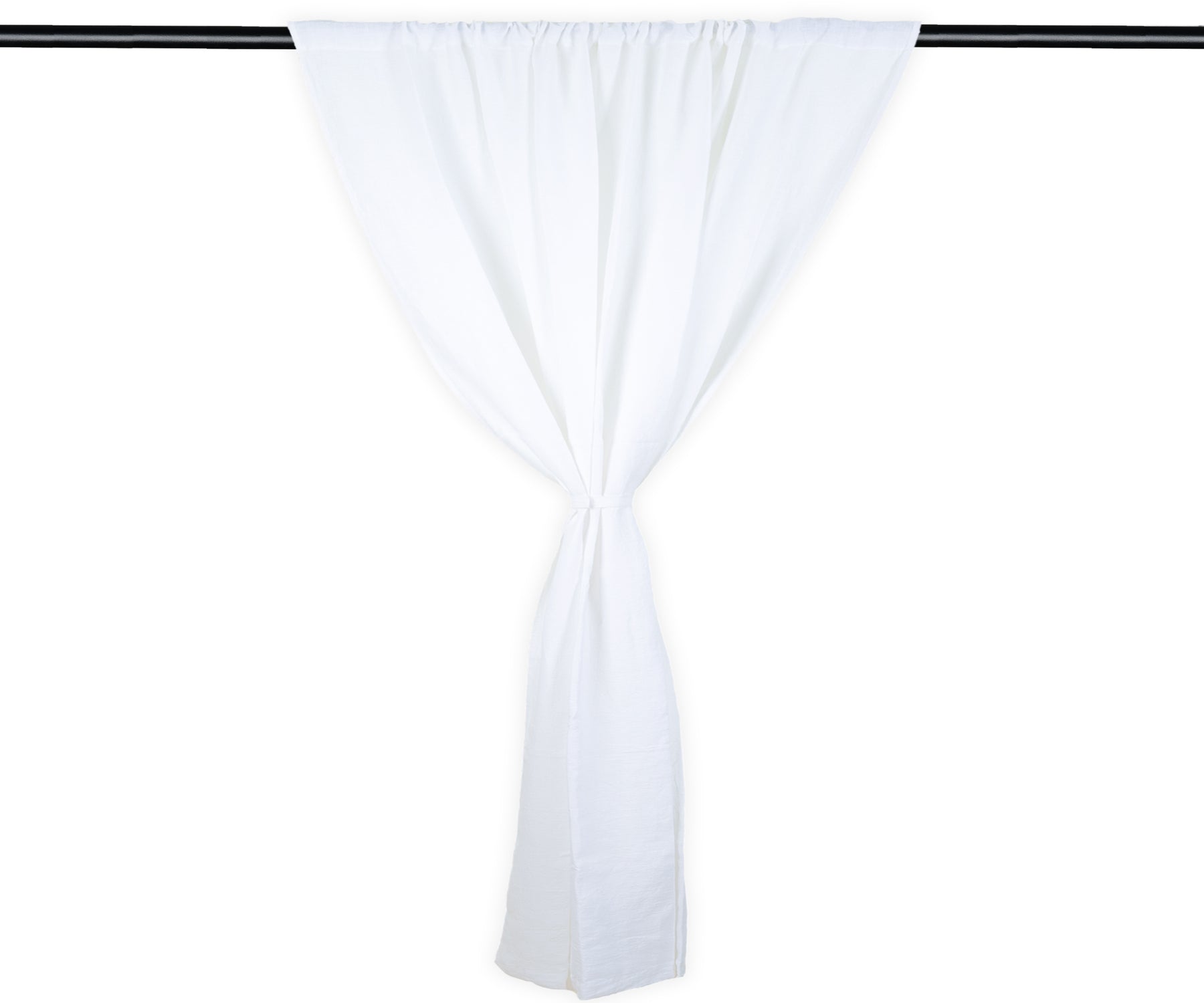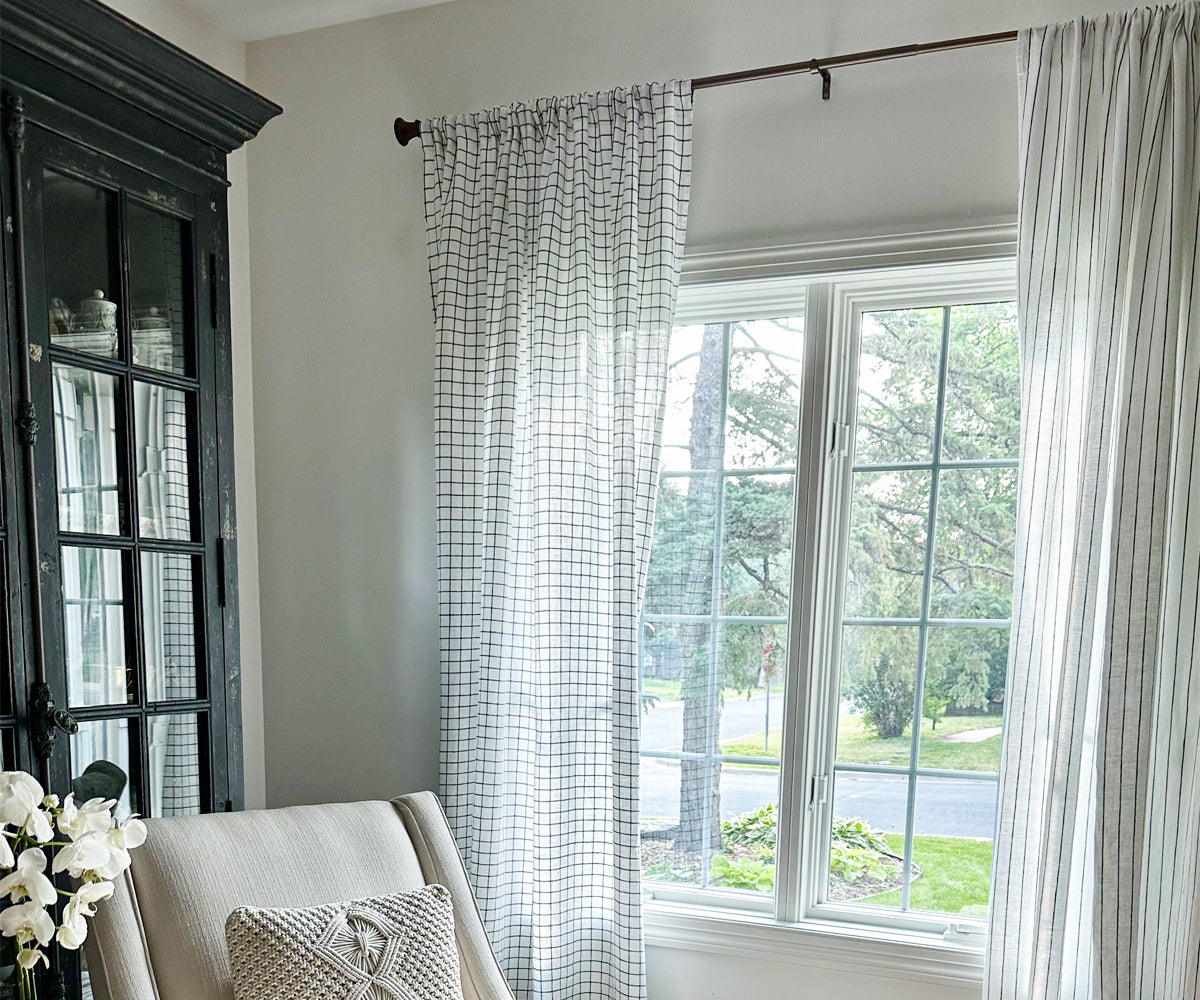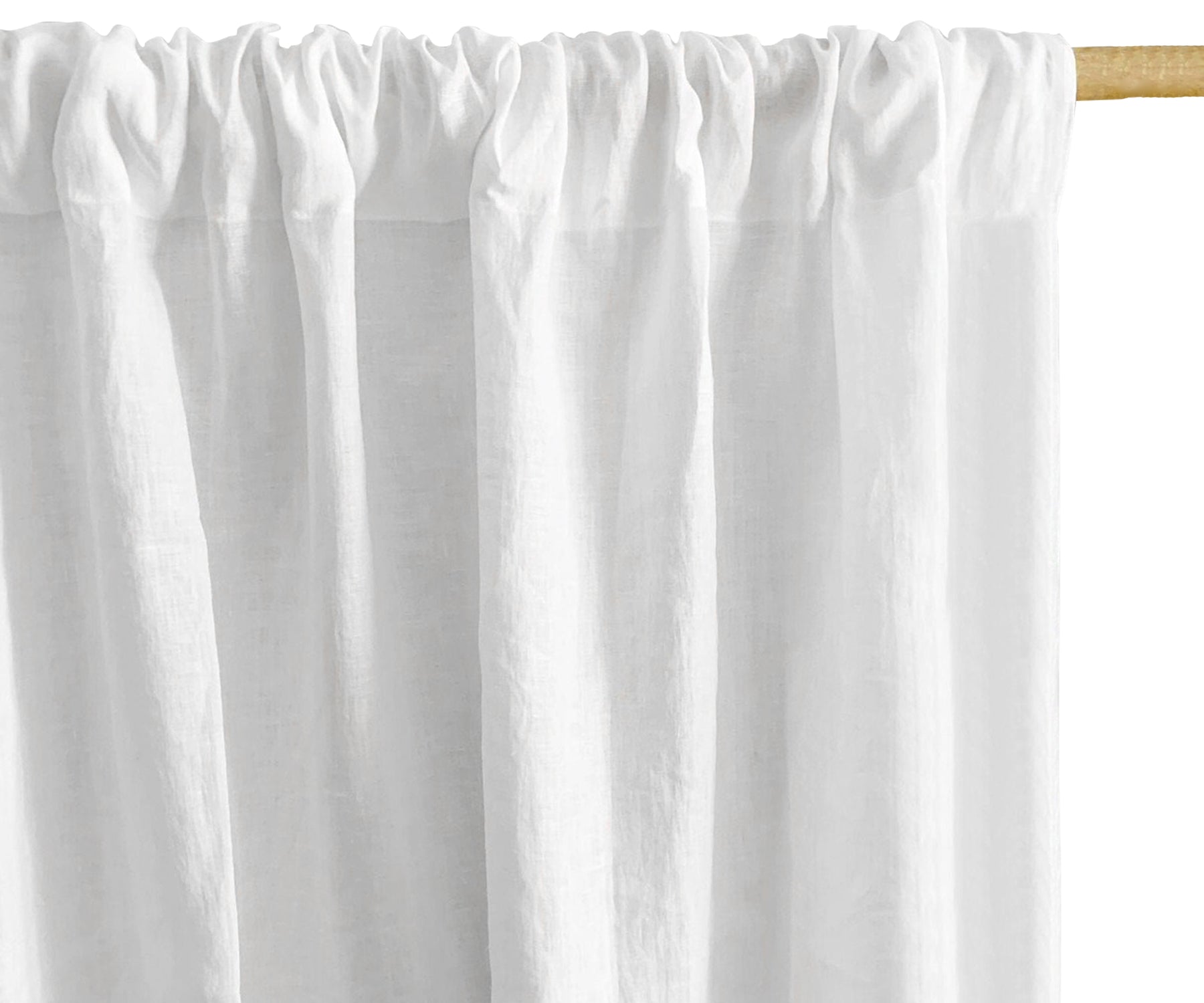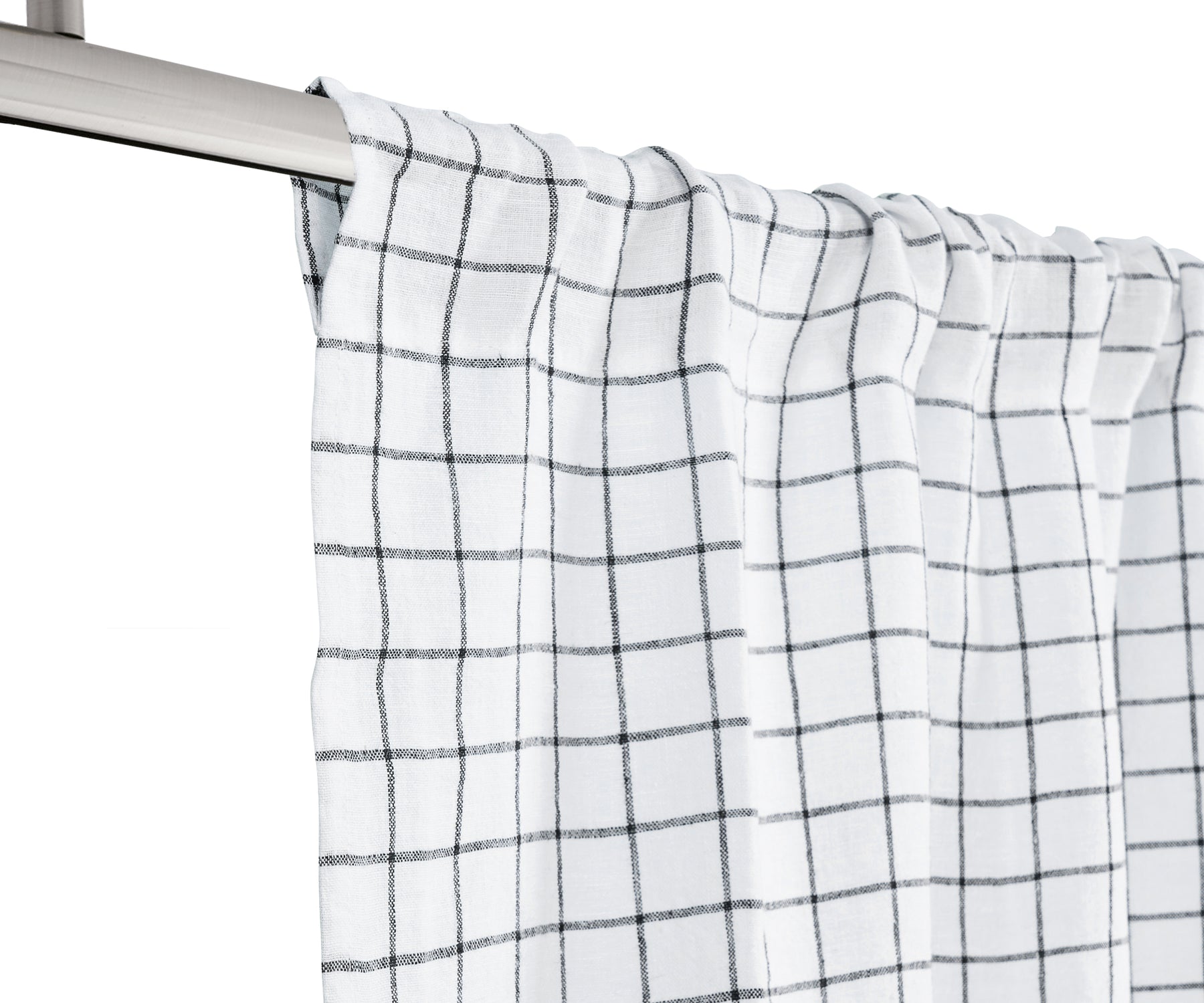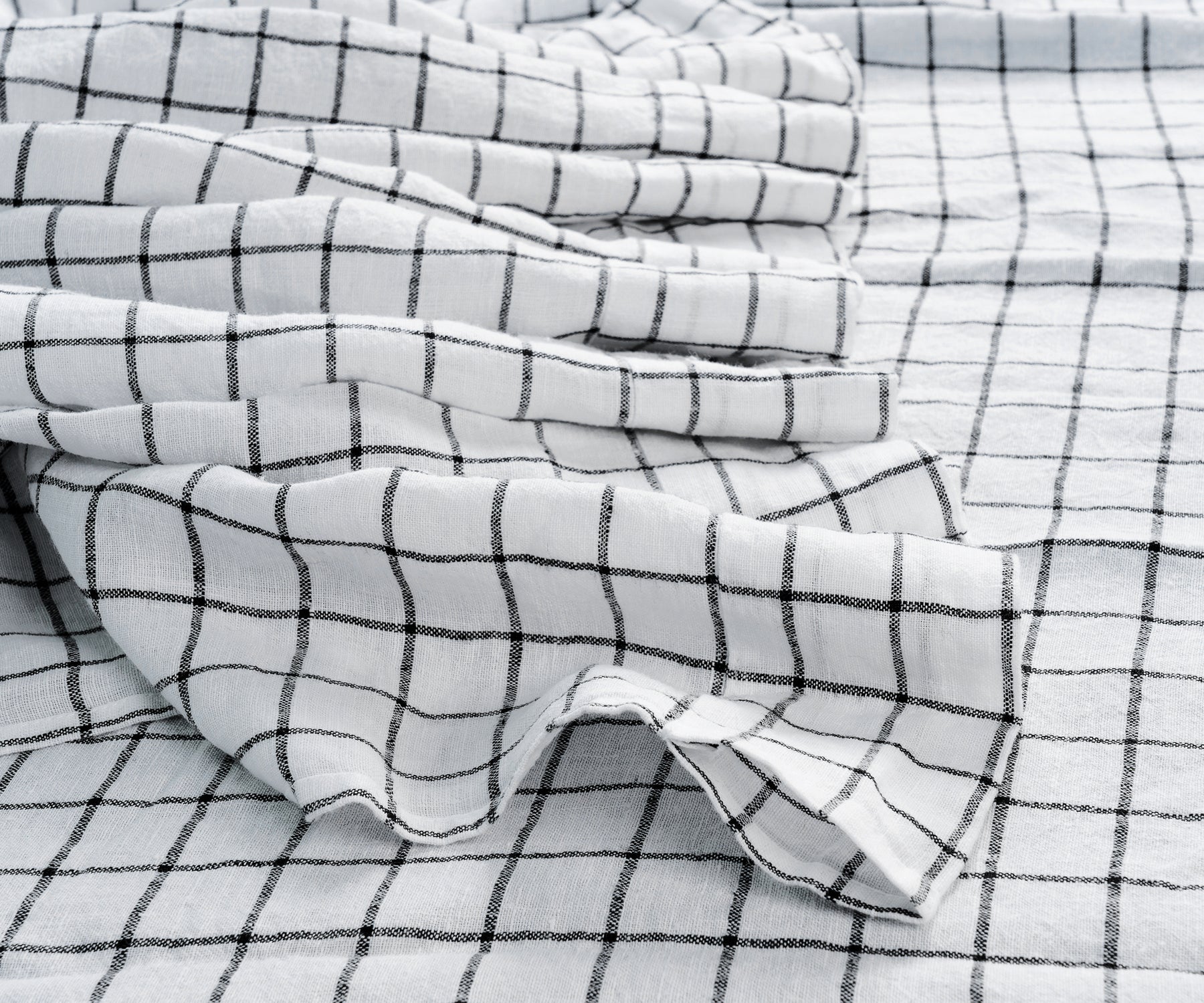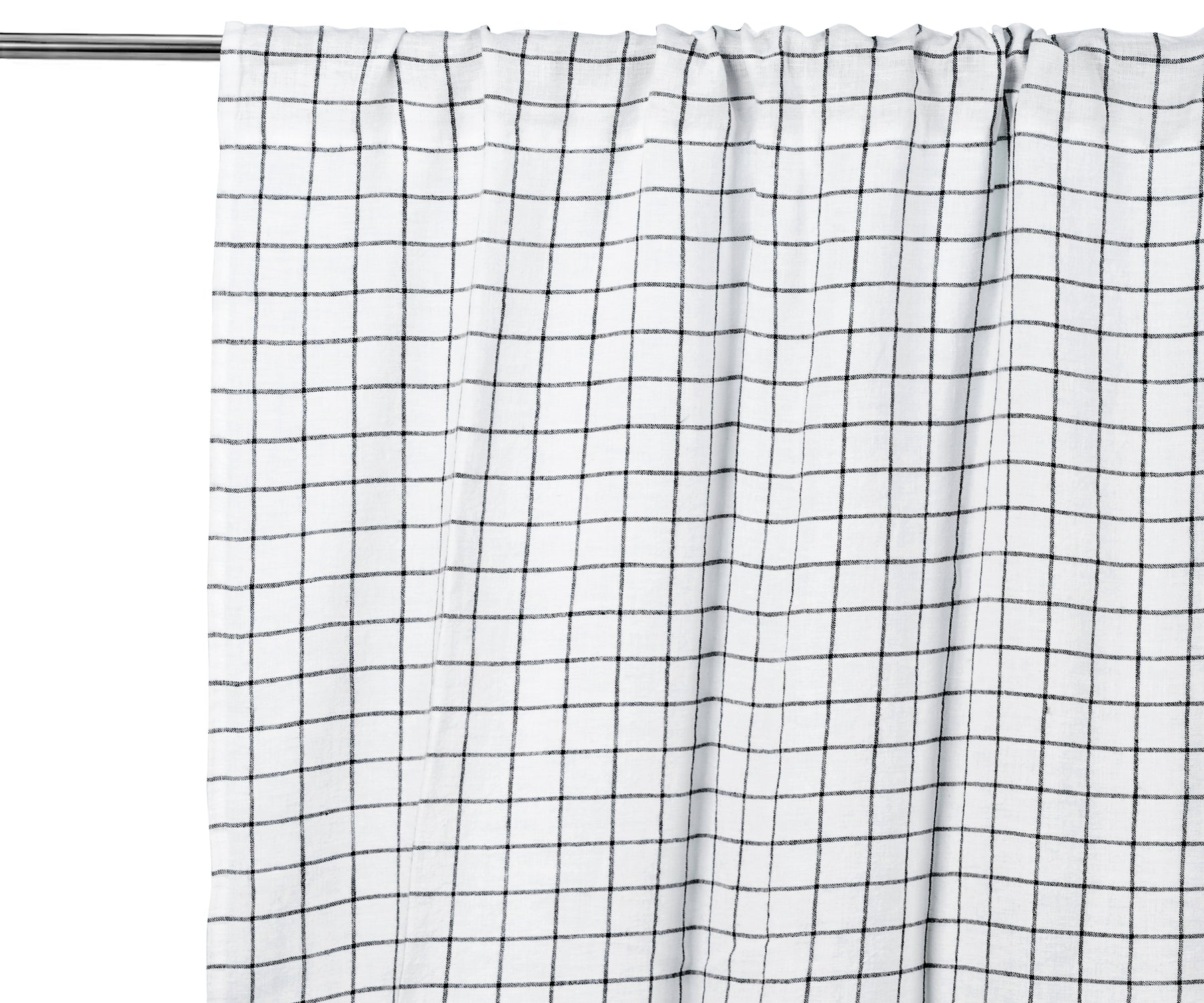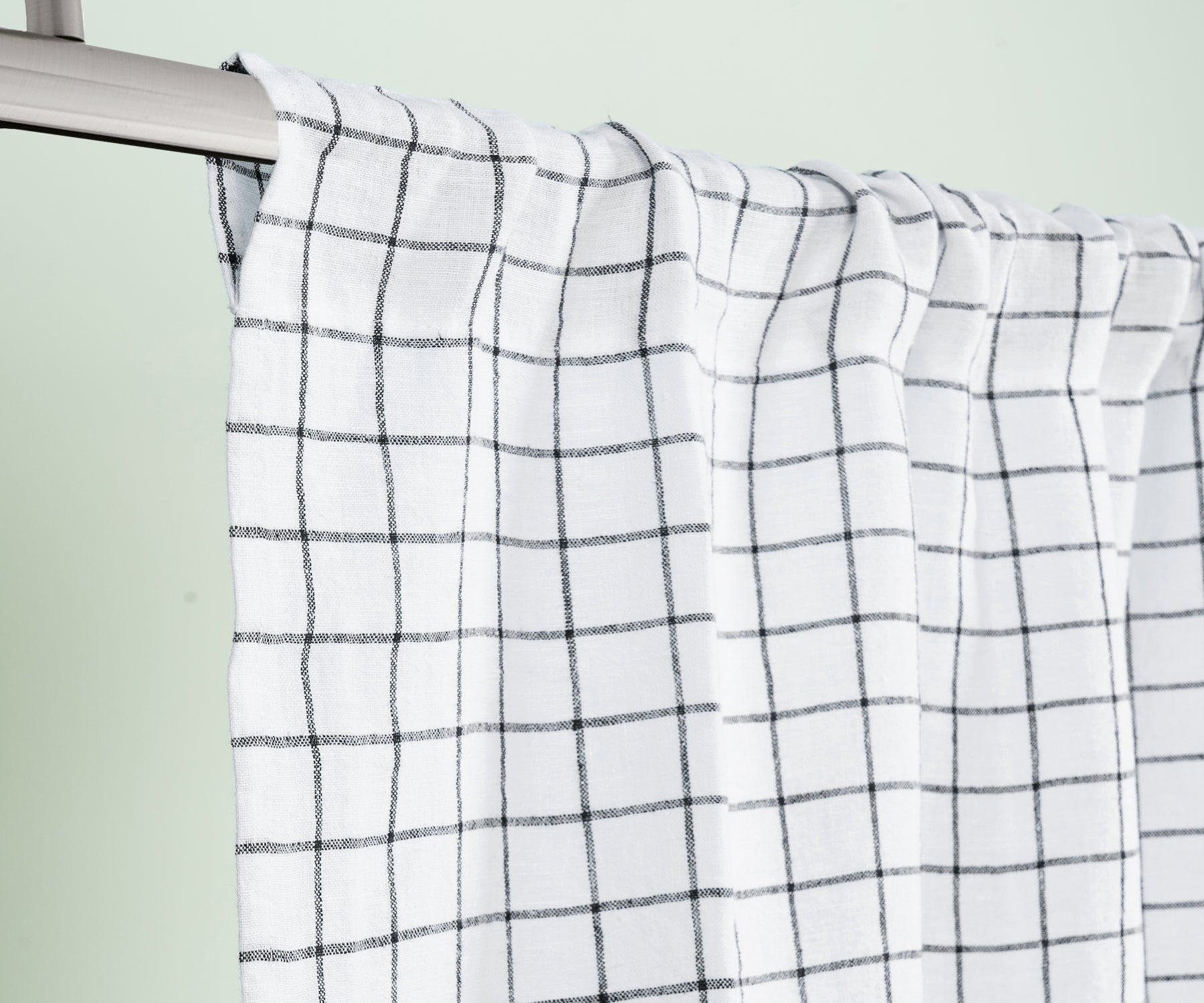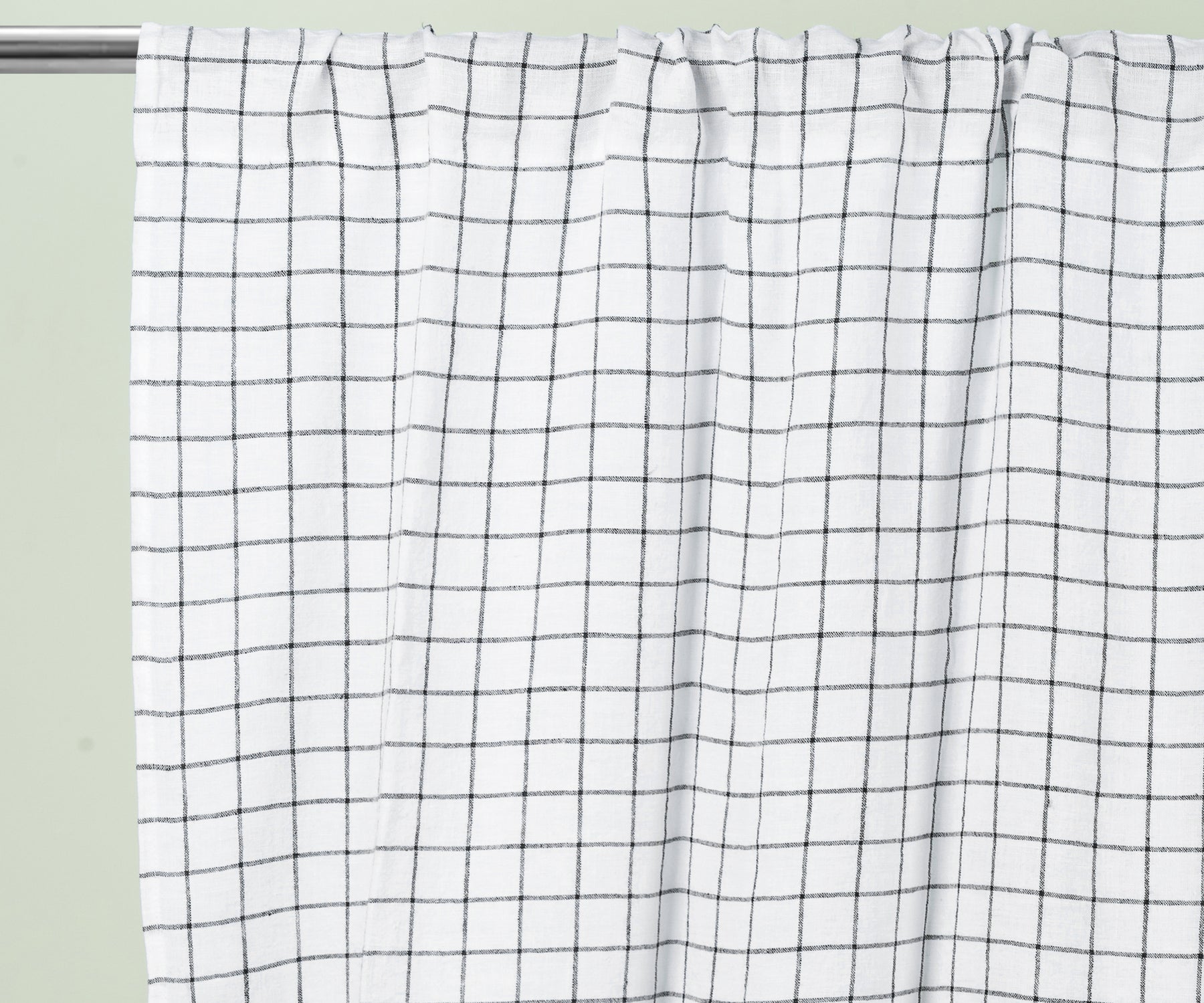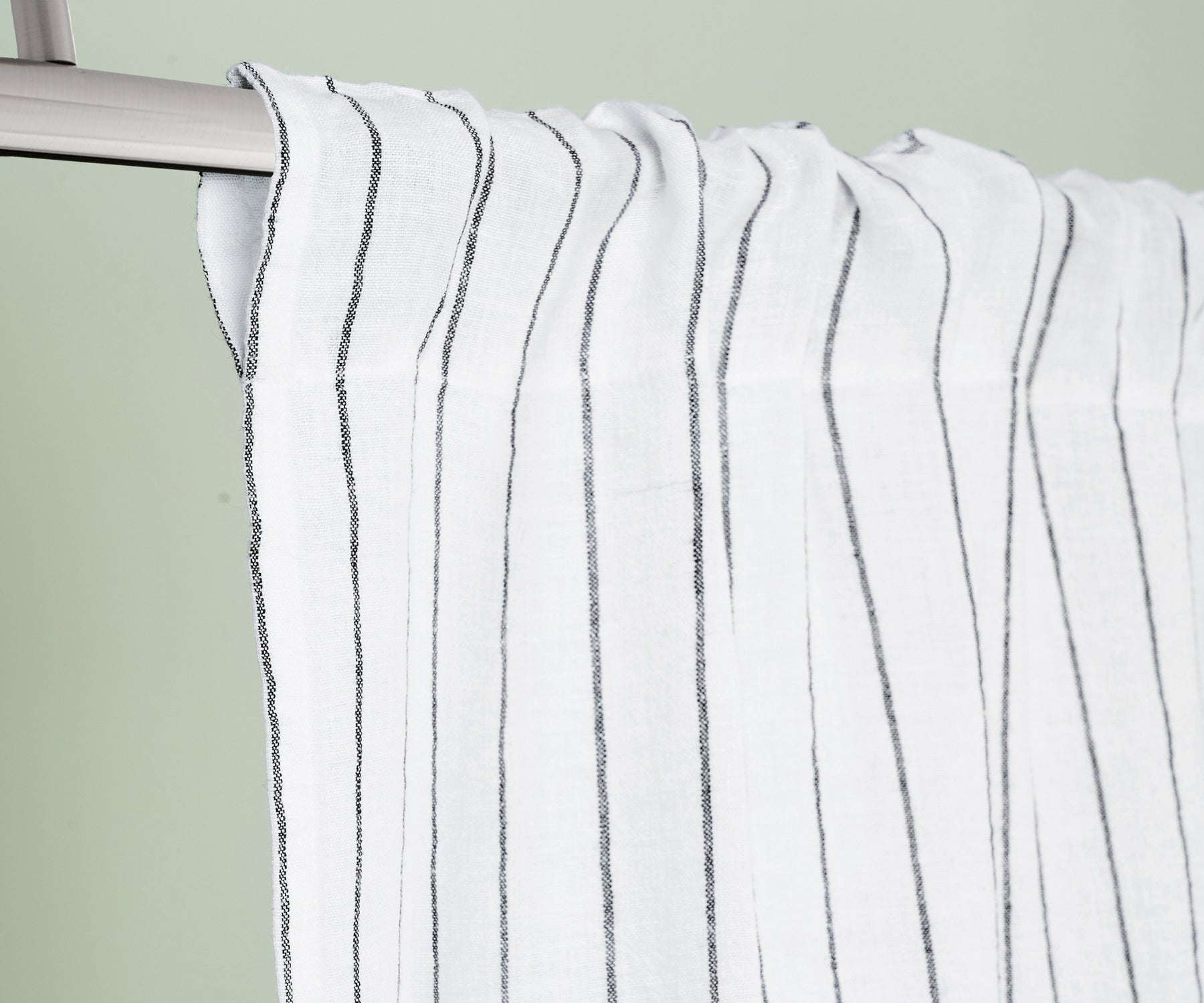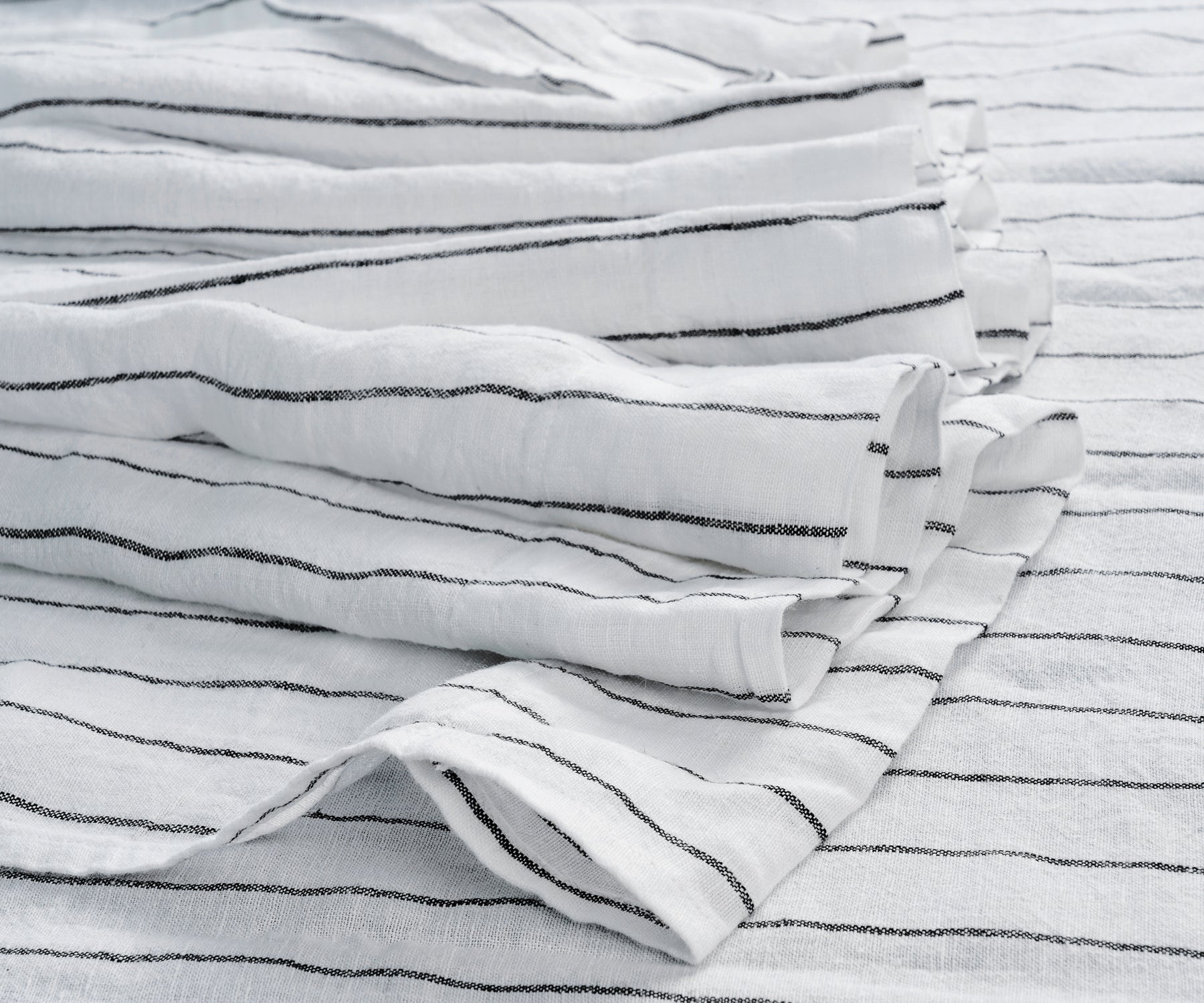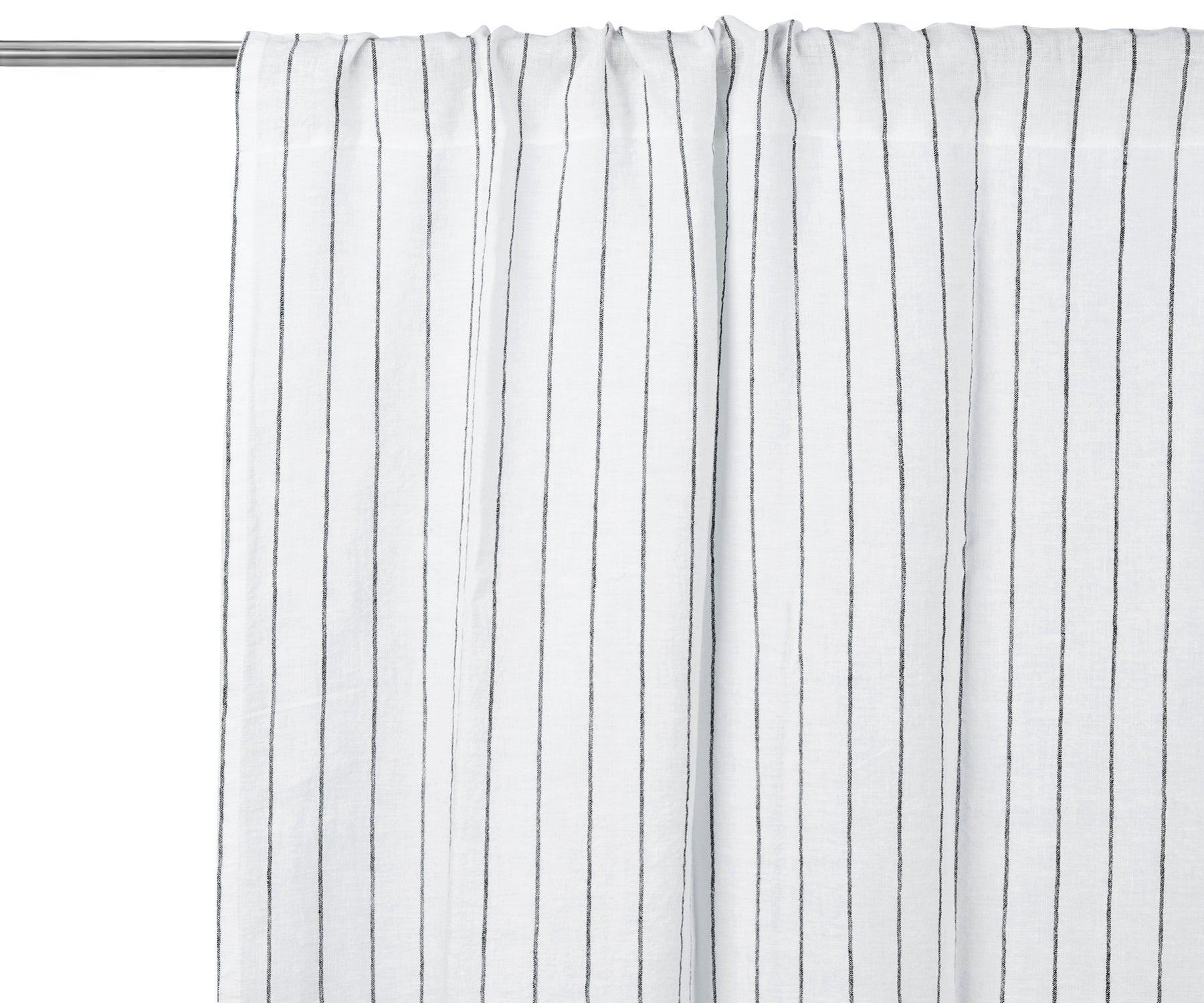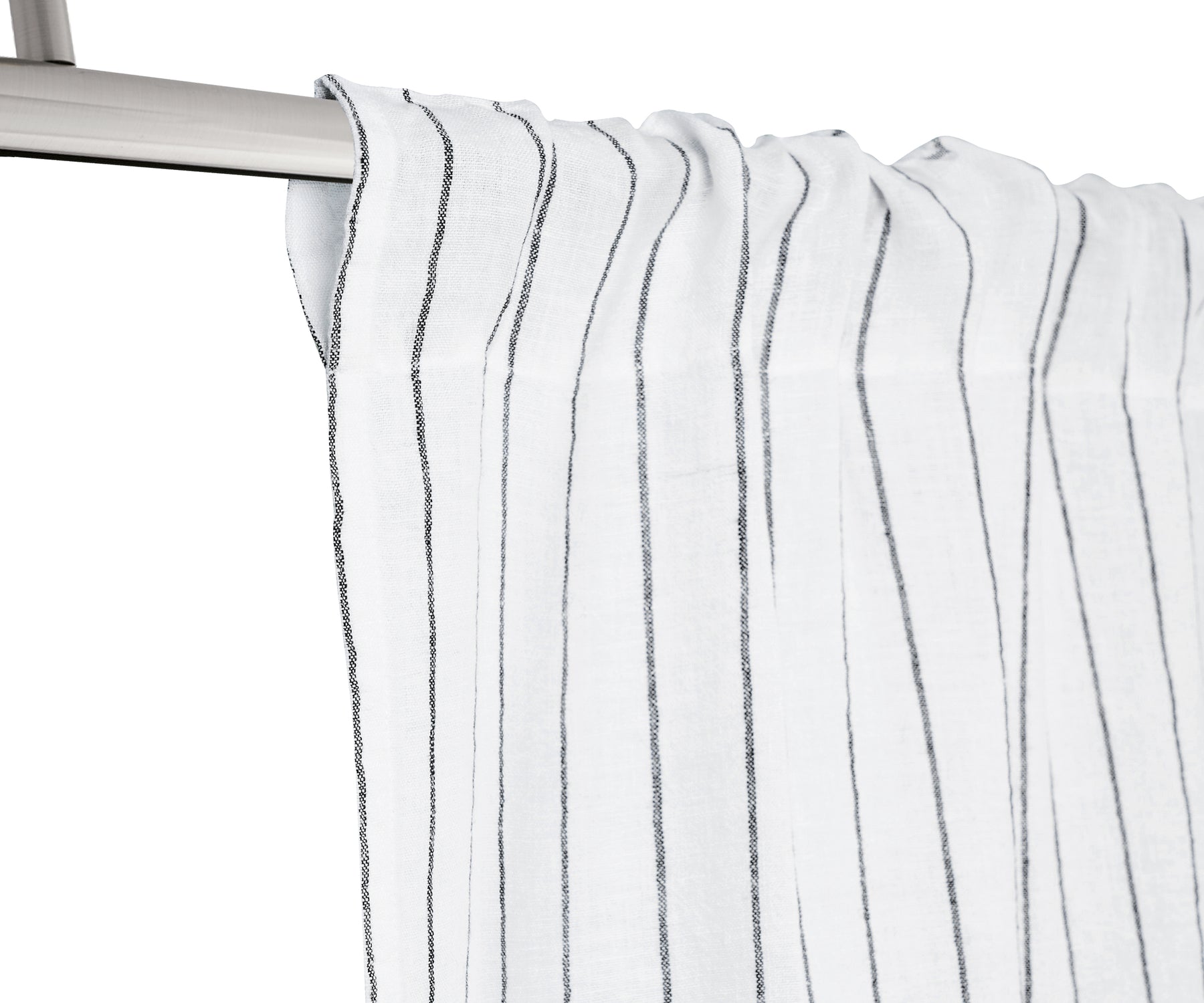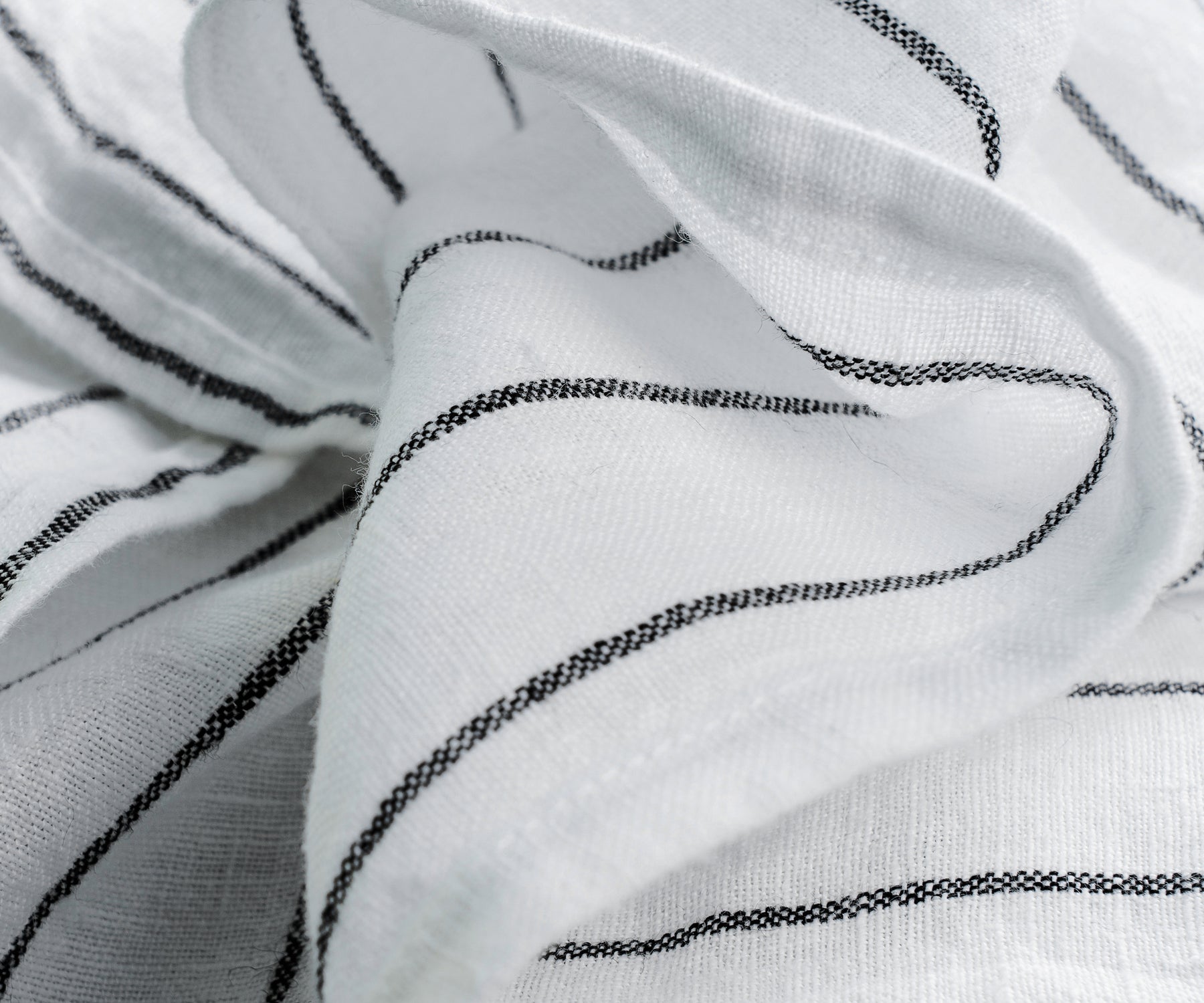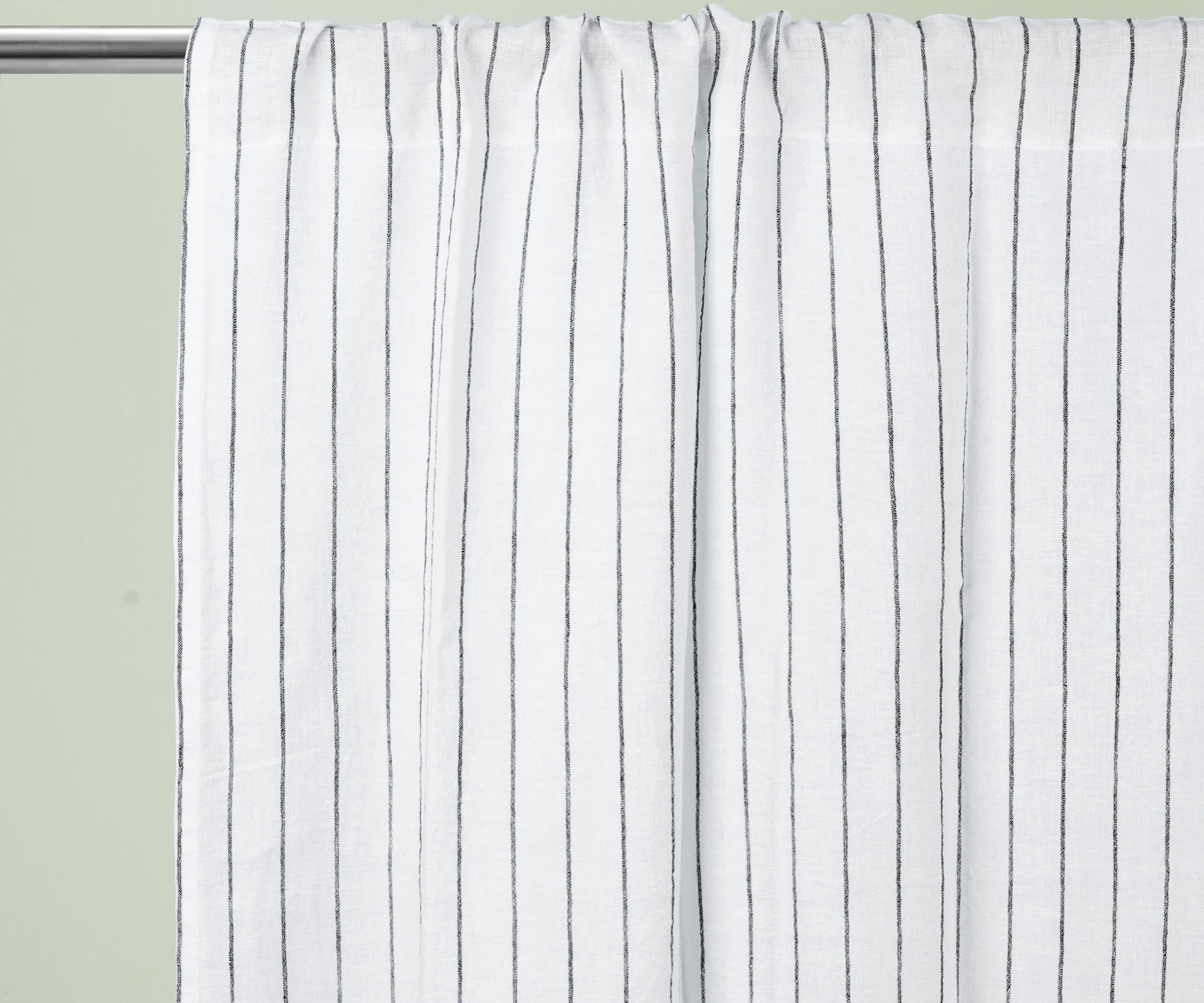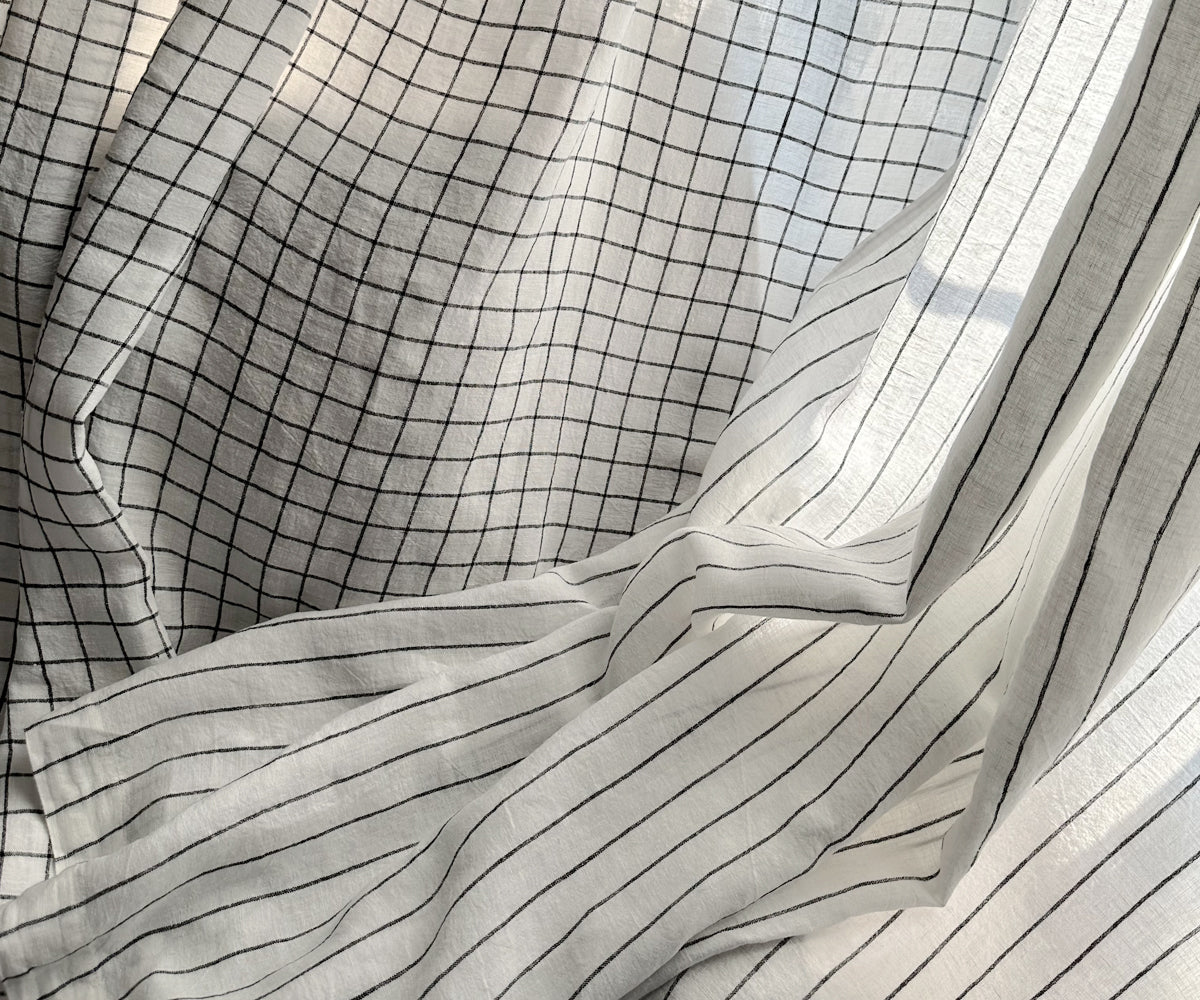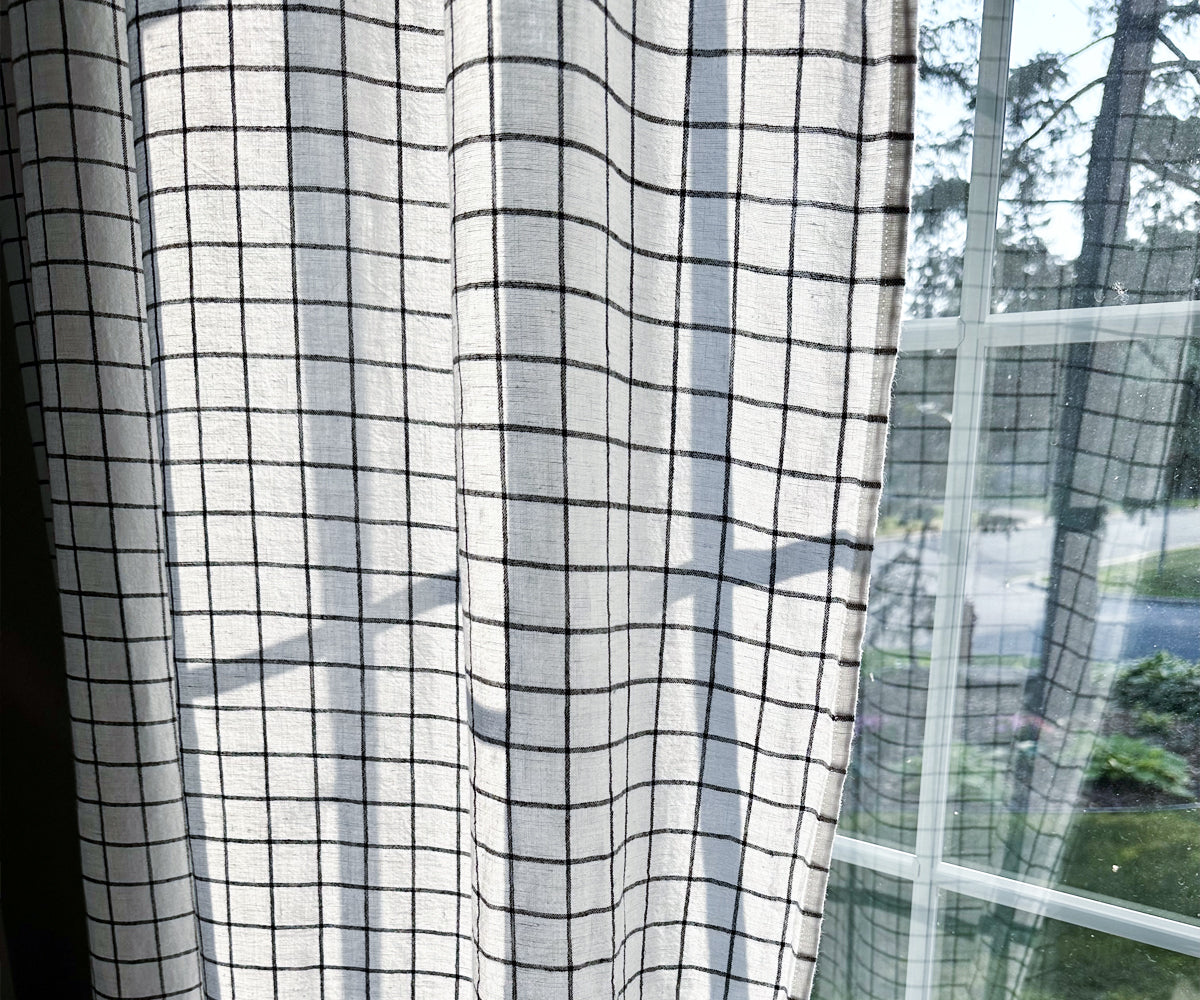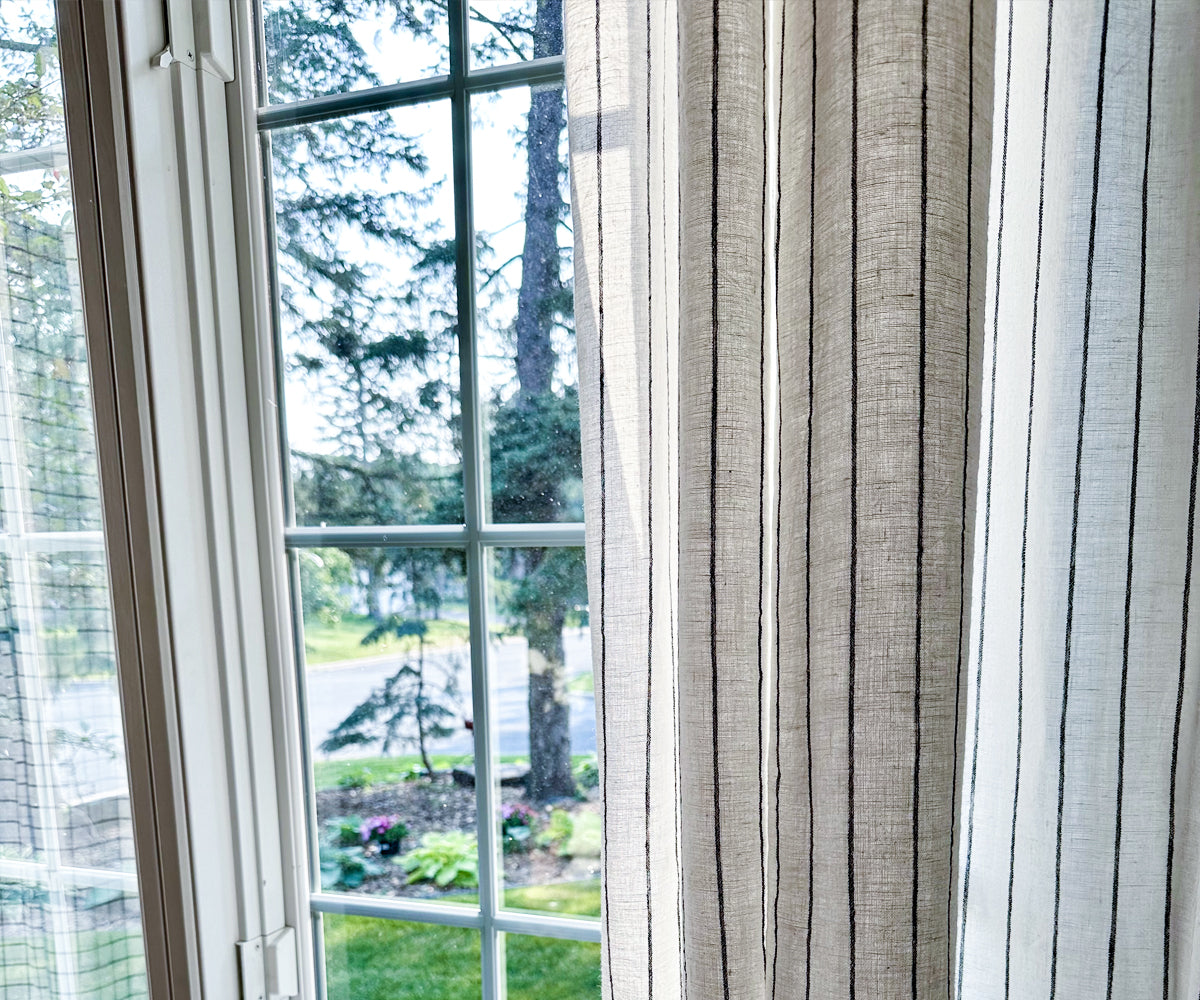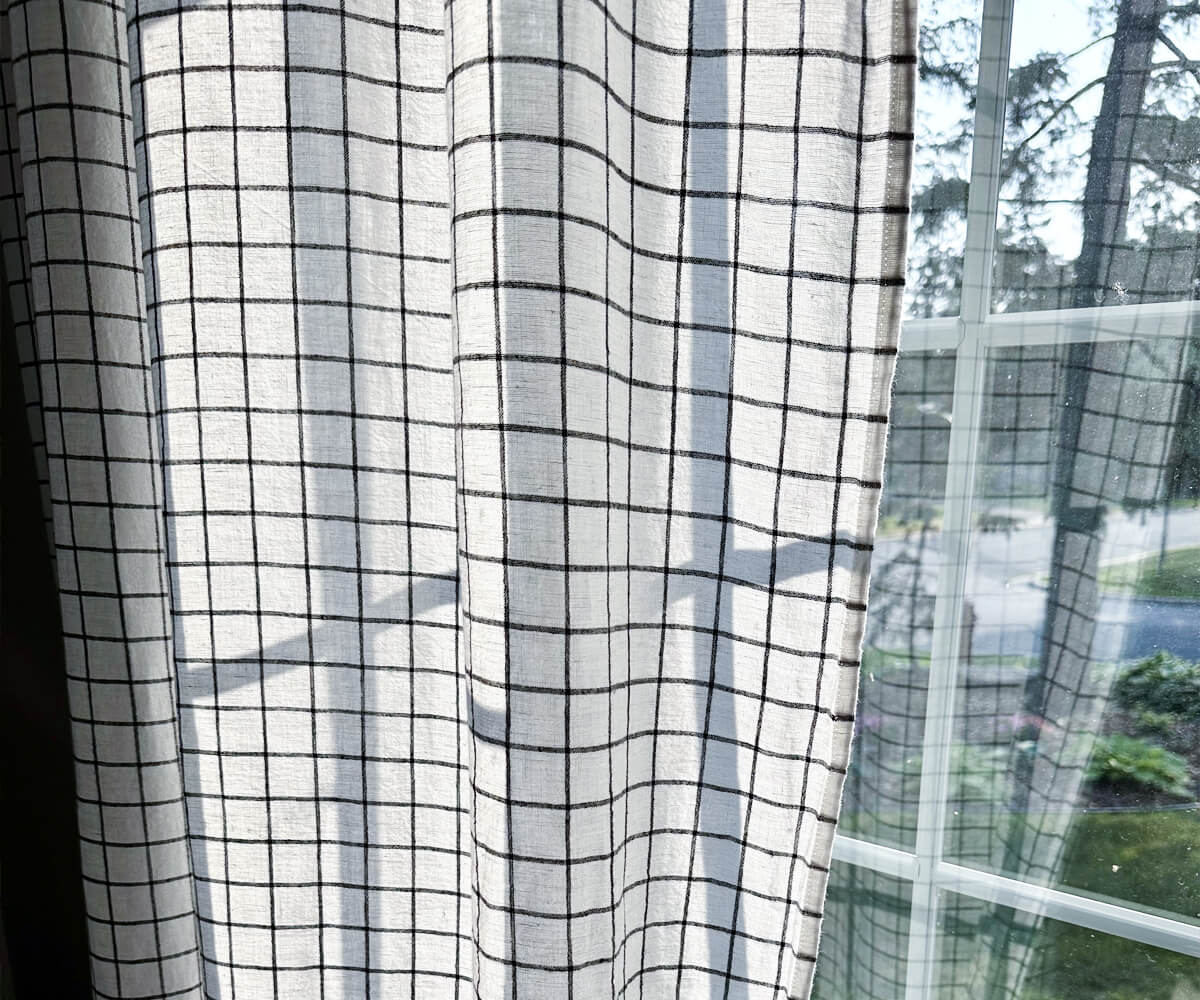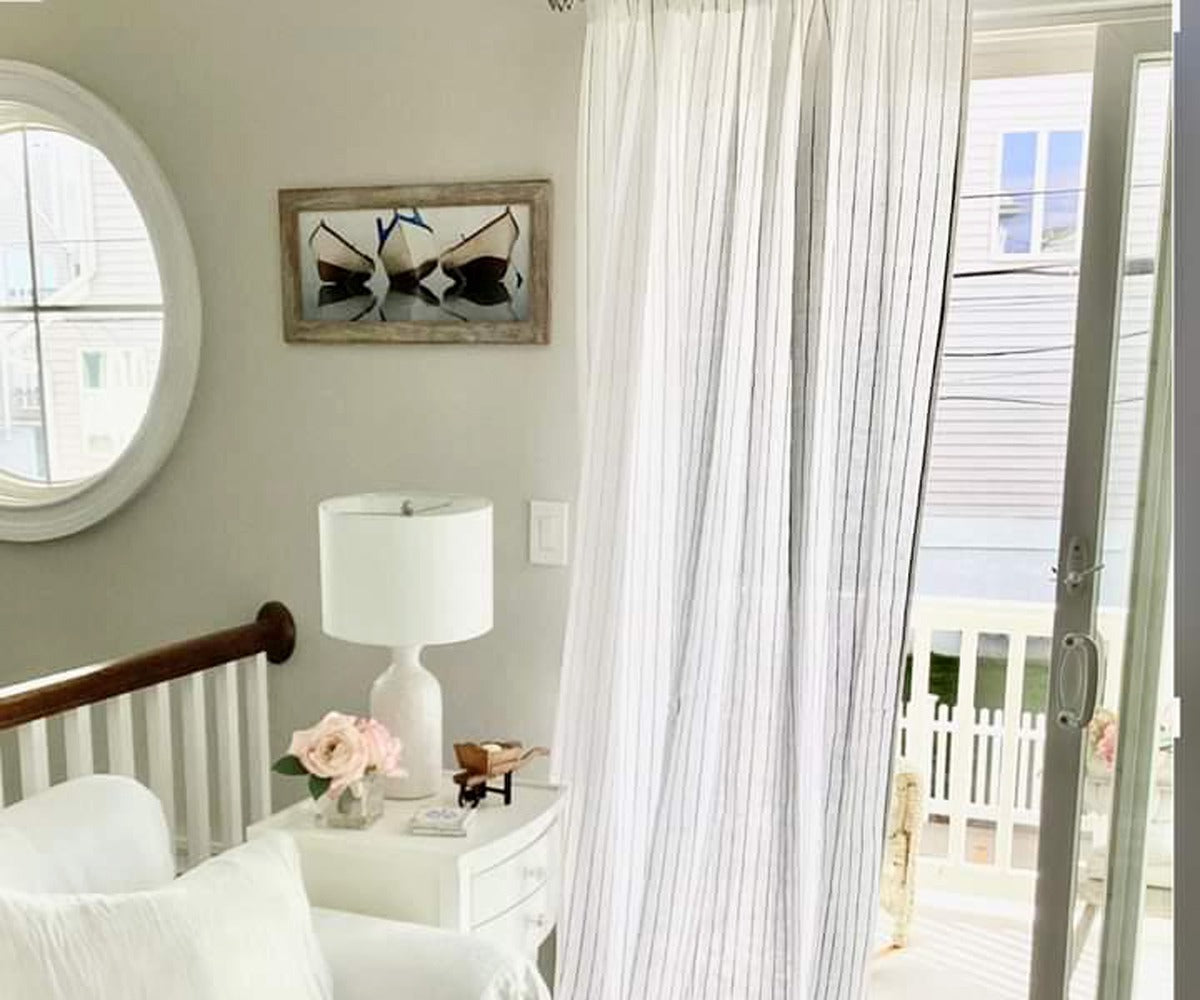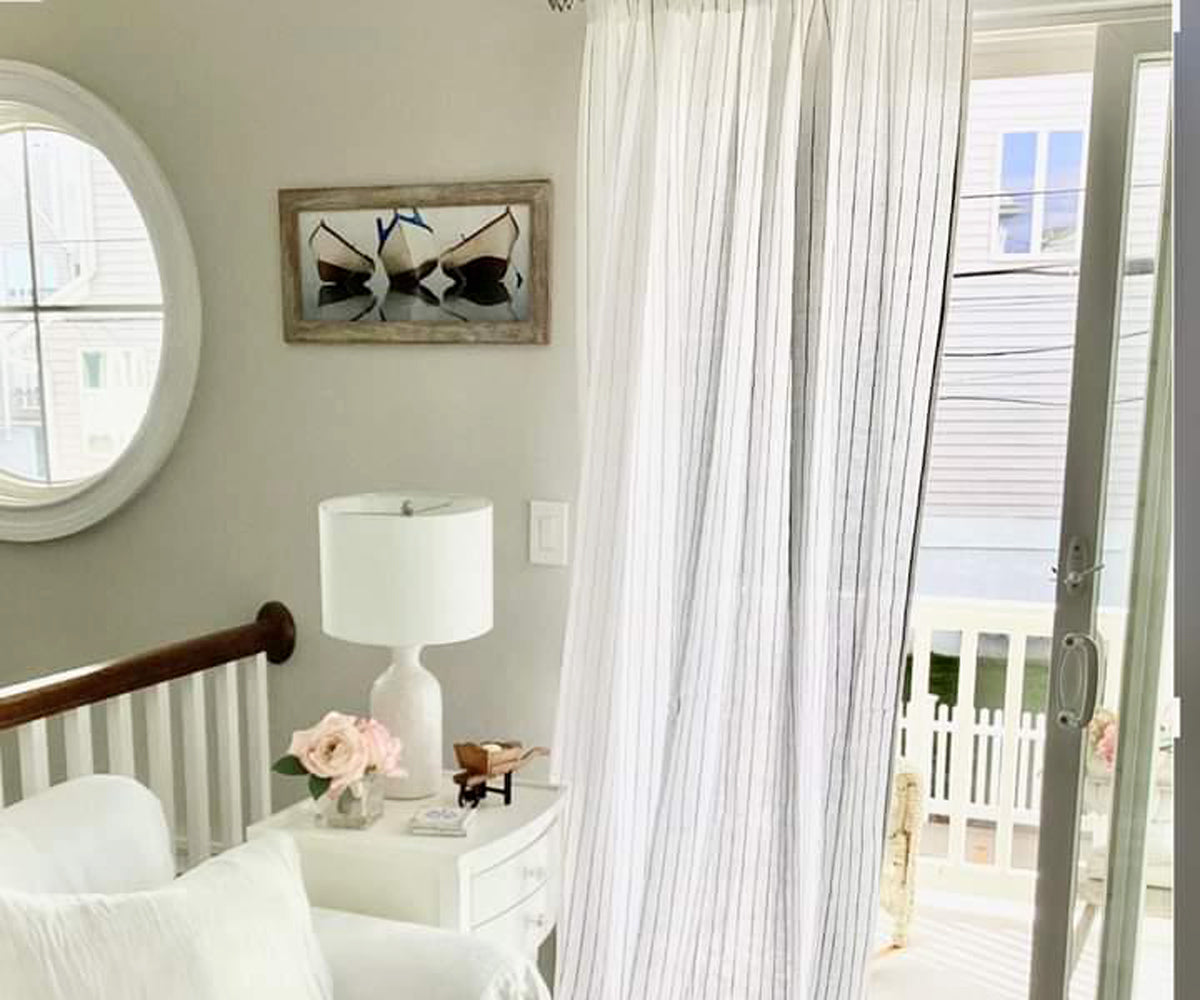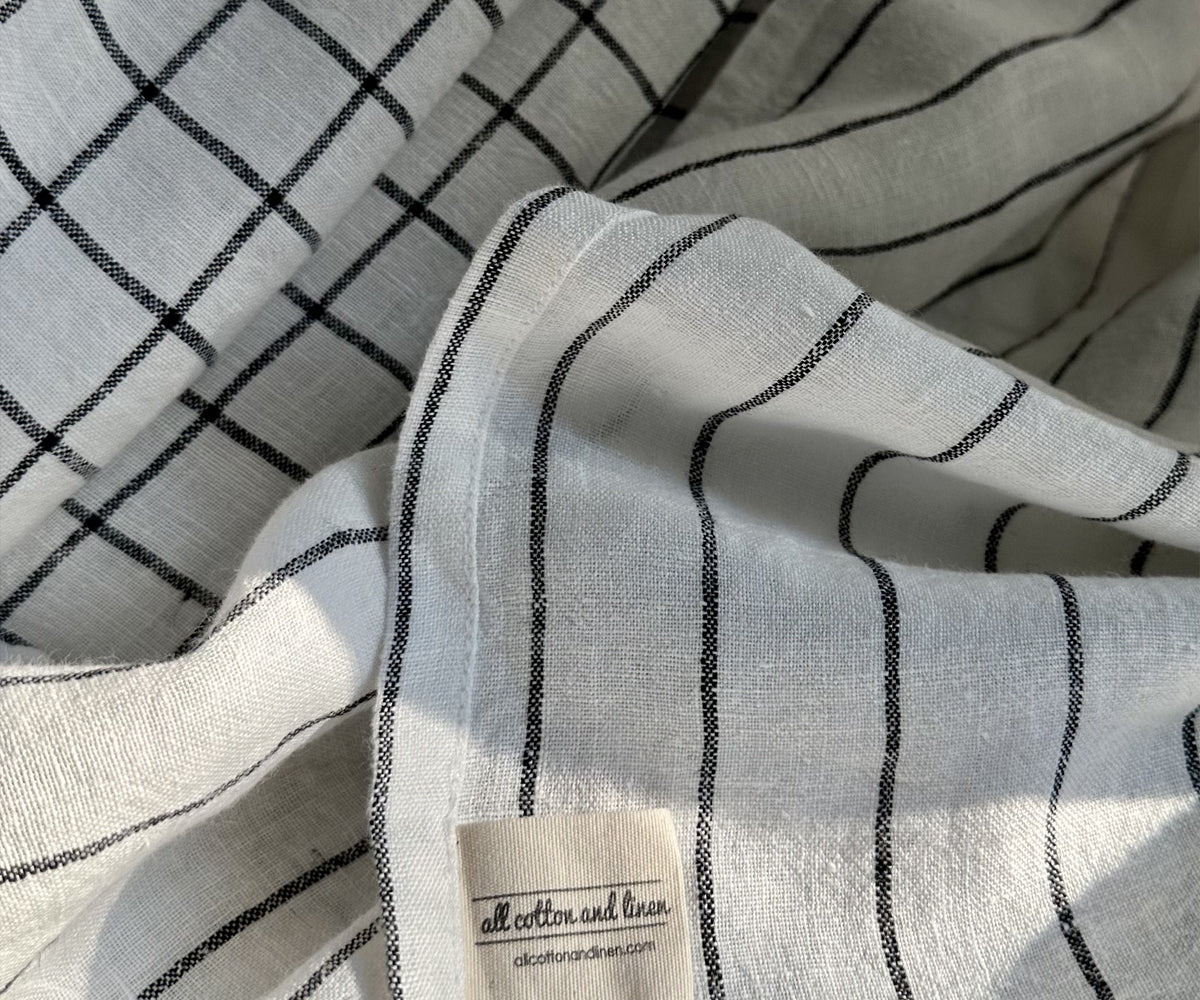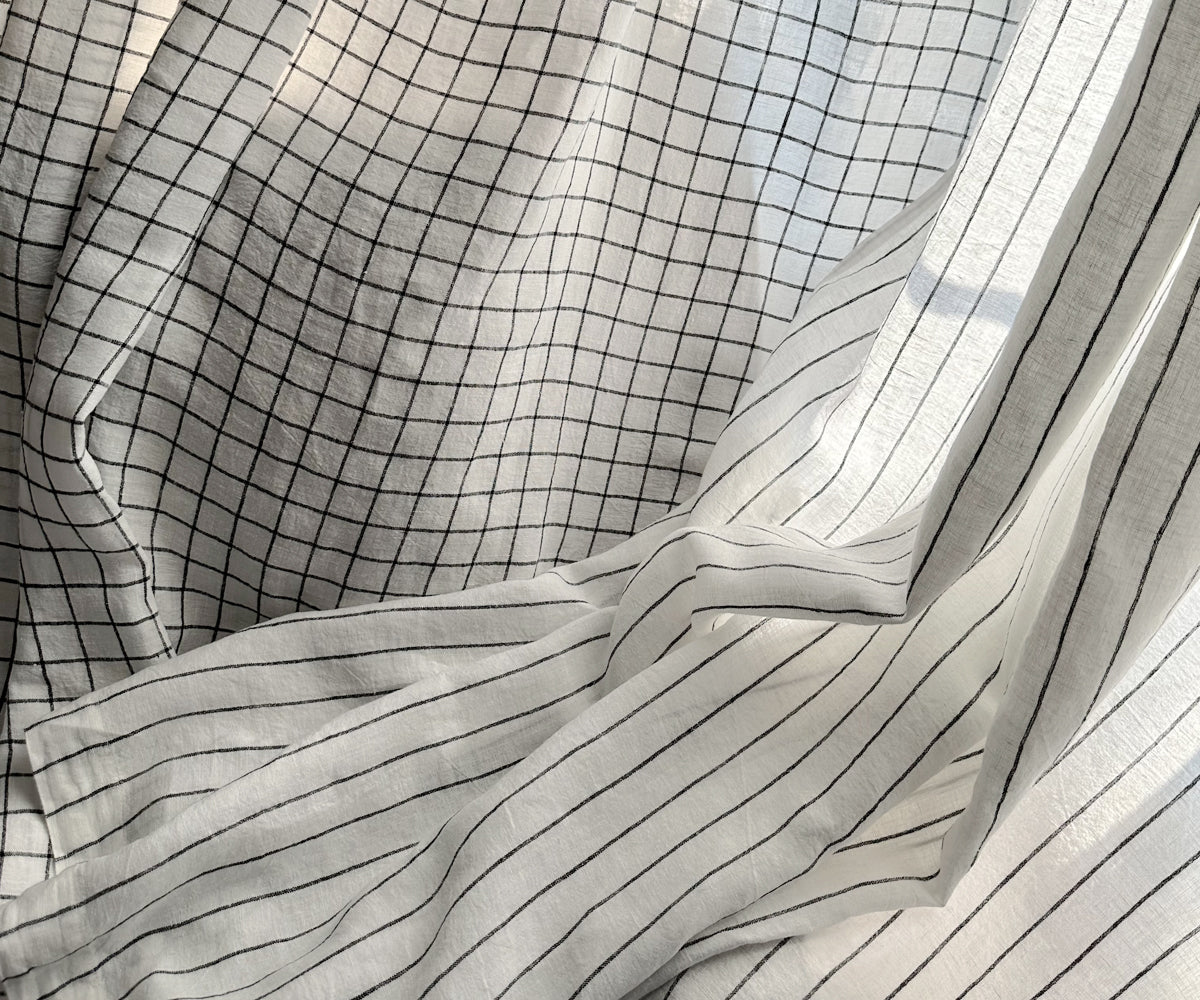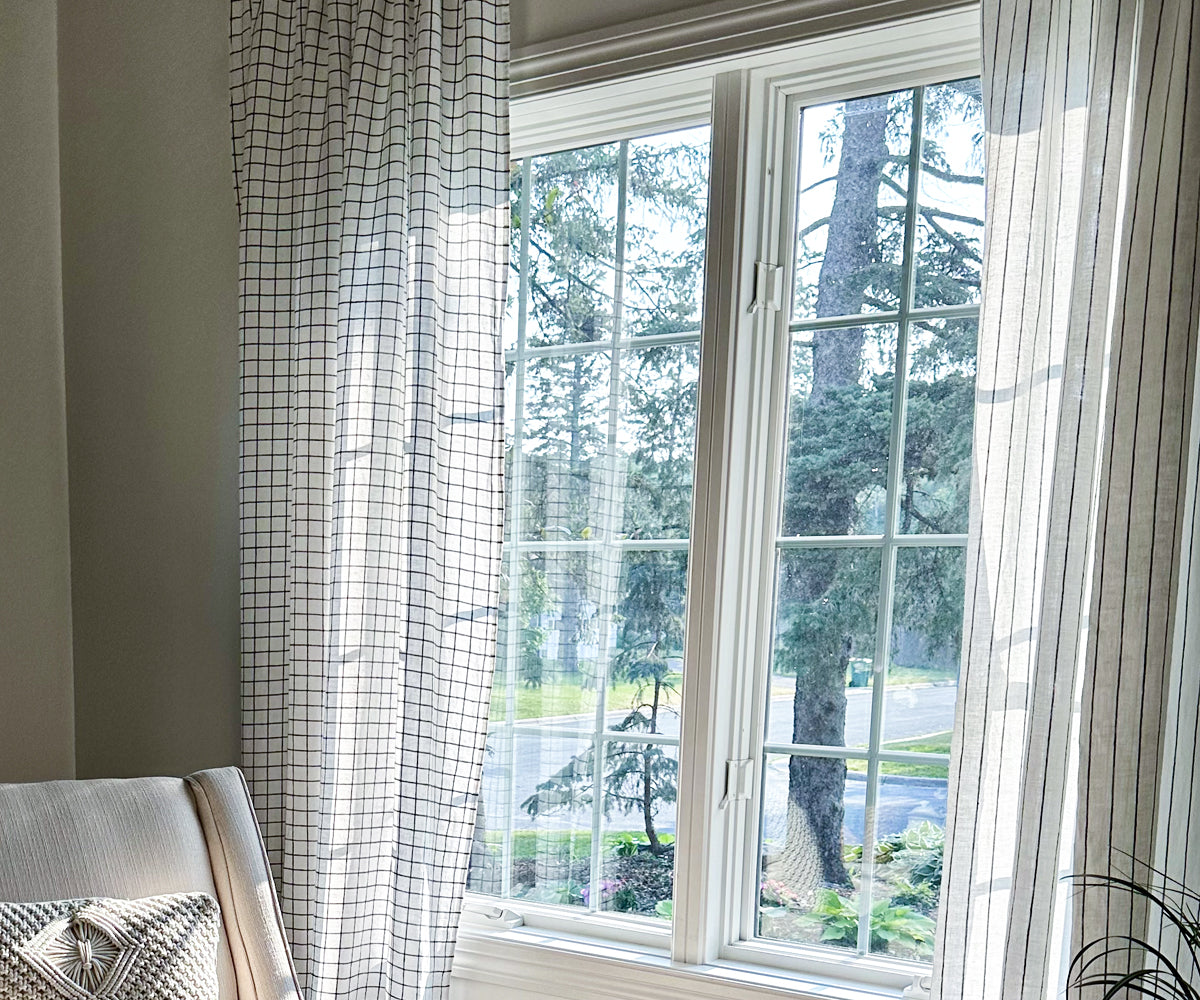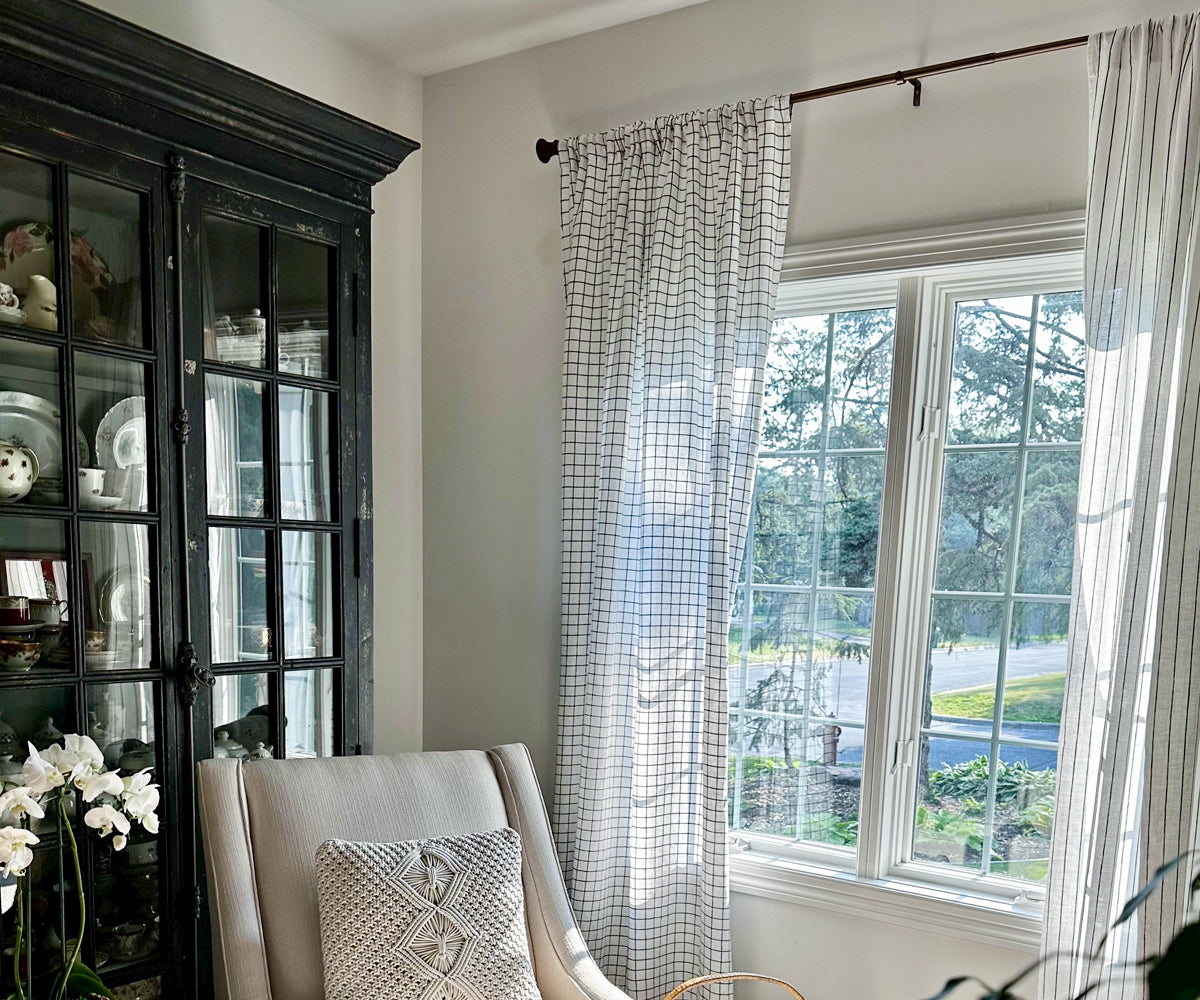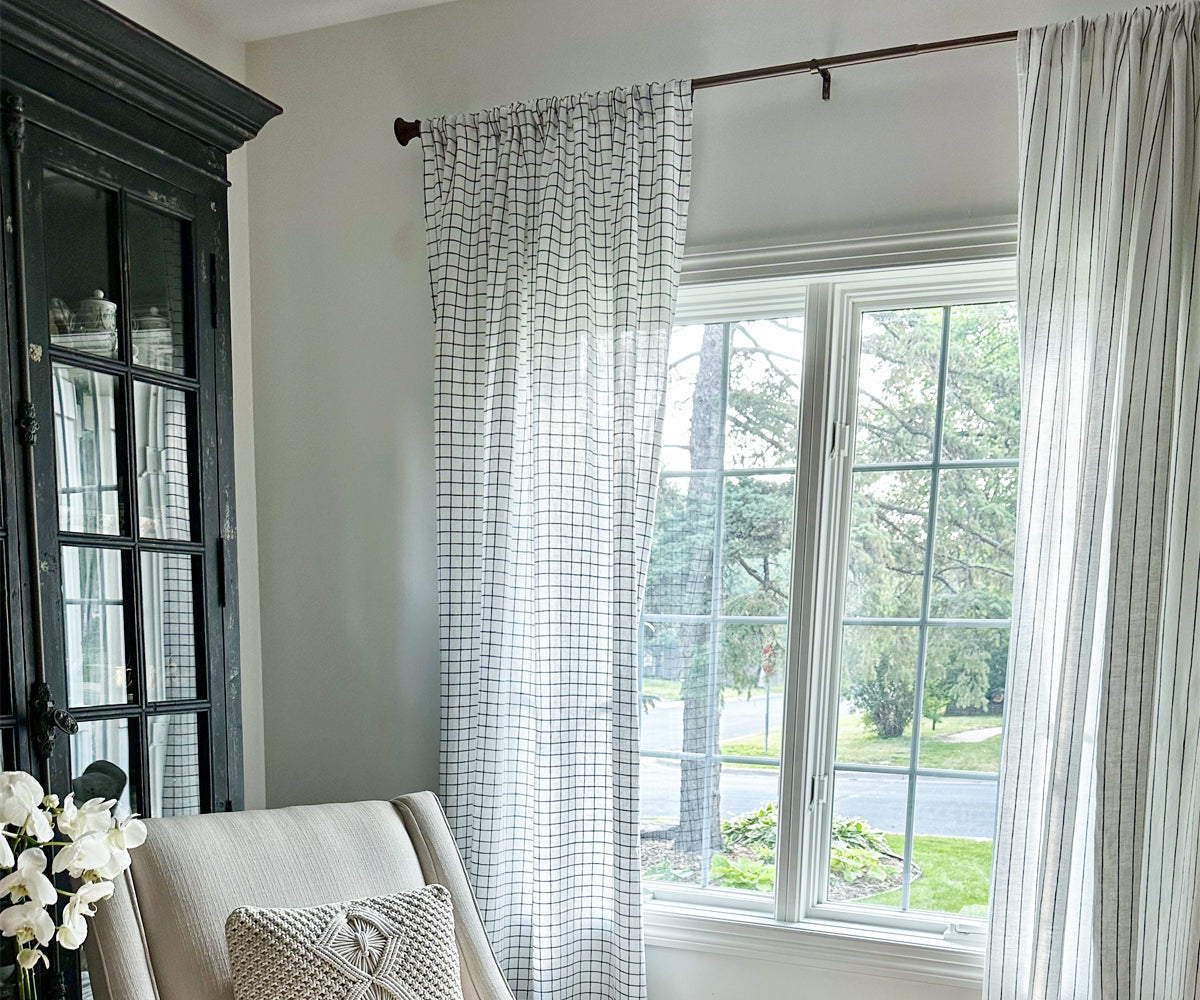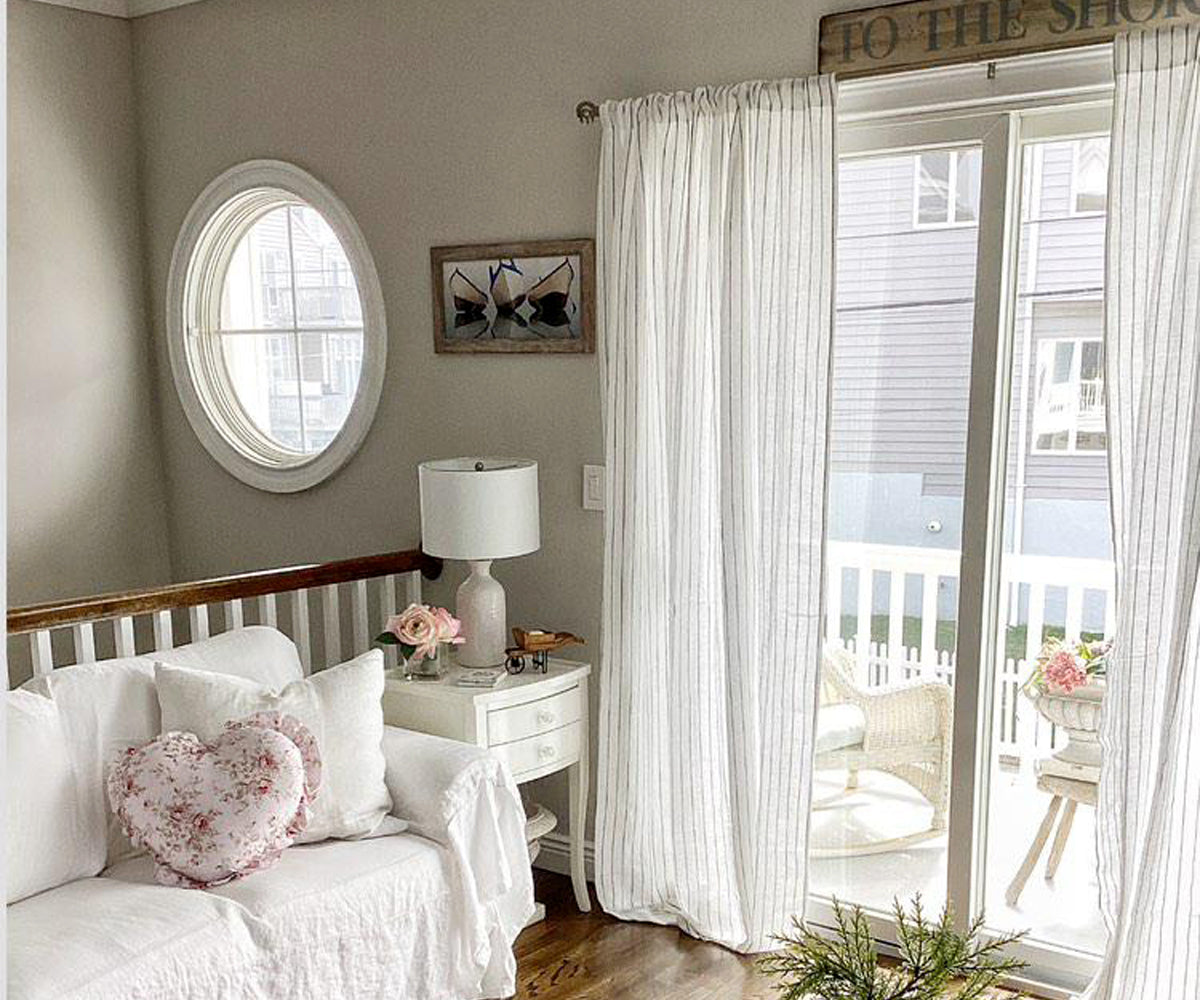In our fast-paced world, convenience often reigns supreme. Paper napkins seem like the ultimate grab-and-go solution for cleaning up spills and wiping away messes. But what if we told you there are more eco-friendly options that are just as convenient, and maybe even more stylish?
This guide dives into the world of sustainable napkins, exploring alternatives to paper that are kind to the environment and can elevate your table setting. Whether you're hosting a backyard barbecue or packing lunch for work, there's a reusable napkin option waiting to be discovered.
The Environmental Impact of Paper Napkins
Let's face it, paper napkins are a single-use item. They get used for mere minutes before being tossed, contributing significantly to landfill waste. According to the Environmental Protection Agency, paper and paperboard products make up a whopping 14.5% of municipal solid waste in the US alone.
Tree removal for paper production also leads to deforestation, harming ecosystems and wildlife habitats. While recycled paper napkins are a step in the right direction, the recycling process itself consumes energy and resources.
Embrace Reusability: Sustainable Napkin Options
There's a wave of reusable napkin options taking the eco-conscious world by storm. Here are some top contenders:
- Cloth Napkins: These classic beauties are making a comeback! Made from cotton, linen, or even bamboo blends, cloth napkins offer a luxurious feel and come in a variety of colors and patterns to match your style. Plus, they're incredibly durable and can be machine-washed and reused countless times.
- Bamboo Napkins: This eco-friendly option is gaining popularity due to bamboo's fast-growing nature. Bamboo napkins are typically soft, absorbent, and compostable, making them a guilt-free choice.
- Microfiber Napkins: Known for their exceptional absorbency, microfiber napkins are lightweight and dry quickly. They're perfect for wiping up greasy spills or cleaning surfaces.
Beyond Sustainability: The Benefits of Reusable Napkins
The environmental benefits are clear, but reusable napkins offer even more:
- Cost-Effective: While the initial investment might be slightly higher, reusable napkins pay for themselves over time. No more constantly buying disposable napkins!
- Stylish Touch: Cloth napkins add a touch of elegance and sophistication to any table setting. Consider checking out All Cotton & Linen's collection of white cloth napkins with circle-dot embroidery for a touch of timeless style.
- Hygienic: Studies have shown that reusable napkins washed properly can be just as hygienic as disposable ones.
Making the Switch: Tips for Using Reusable Napkins
Ready to ditch paper and embrace reusability? Here are a few pointers to make the transition smooth:
- Choose the right material: Consider factors like absorbency, durability, and ease of care when selecting your reusable napkins.
- Invest in a designated laundry bag: This helps keep dirty napkins contained and makes laundry day a breeze.
- Pre-treat stains: Treat any spills or stains quickly to ensure they come out easily in the wash.
- Embrace the "napkin ring": These handy accessories keep used napkins neatly folded until laundry time.
Conclusion: A Sustainable Future, One Napkin at a Time
By making the switch to reusable napkins, you're not just reducing waste, you're making a conscious effort towards a more sustainable future. So, ditch the paper and embrace the variety, style, and environmental benefits of reusable napkins. Your table and the planet will thank you!




